《North Star》第三版是培生教育集团(Pearson)为高等教育及成人学习者设计的学术英语综合课程,覆盖 CEFR B1-C1 级别。该版本以学术能力与批判性思维培养为核心目标,通过真实学术材料、结构化任务和跨学科内容,帮助学习者在听、说、读、写及研究技能上全面提升。第三版以其扎实的学术框架和实用性,广泛用于大学预科、学术英语(EAP)课程及托福(TOEFL)、雅思(IELTS)备考。
2. 核心特点
-
学术真实性:
选用期刊文章、学术讲座录音、TED演讲等真实材料,增强学习者对学术语言和文体的适应能力。 -
批判性思维强化:
每单元设置“Critical Thinking”板块,通过分析论点、评估证据和模拟辩论,培养逻辑推理能力。 -
技能整合训练:
听、说、读、写四项技能围绕同一学术主题展开,形成连贯的学习路径(如通过“气候变化”主题,阅读论文、听讲座、撰写报告并参与辩论)。 -
学术写作指导:
分步骤教学论文结构、文献引用(APA/MLA格式)及学术语言规范。 -
跨学科主题:
涵盖科技、社会学、环境科学等领域,拓展知识面的同时提升英语应用能力。
3. 教材结构
第三版分为 4个级别(B1-C1),每级别包含 10个单元,典型单元结构如下:
-
主题导入(Theme Introduction):
通过图表、短篇新闻或讨论问题引入学术主题(如“人工智能的伦理挑战”)。 -
学术阅读(Academic Reading):
-
预读活动激活背景知识。
-
精读学术文章,分析论点结构及修辞手法。
-
学术词汇专项练习(如“hypothesis”“quantitative analysis”)。
-
-
听力与笔记(Listening & Note-Taking):
-
听学术讲座或访谈,训练速记关键信息。
-
完成填空、摘要写作等任务。
-
-
口语与讨论(Speaking & Discussion):
-
小组辩论(如“基因编辑是否应受国际监管?”)。
-
模拟学术会议发言,练习正式表达。
-
-
学术写作(Academic Writing):
-
分阶段指导议论文、文献综述或研究报告写作。
-
提供范文及修改范例。
-
-
研究与协作(Research Project):
团队合作完成小型研究项目(如设计调查、分析数据),并展示成果。 -
复习与测评(Review & Assessment):
-
单元自测题(语法、词汇、学术技能)。
-
教师提供写作及口语反馈。
-
4. 适用对象
-
大学生:需适应全英文授课、撰写学术论文或参与国际学术交流的学生。
-
备考群体:目标为托福、雅思学术类考试的学习者。
-
研究生及专业人士:需提升学术写作与演讲能力的进阶用户。
-
混合能力班级:任务分层设计,支持教师差异化教学。
5. 配套资源
-
学生用书(Student’s Book):全彩印刷,含学术写作指南及在线资源访问码。
-
教师用书(Teacher’s Book):
-
详细教案、课堂活动建议及参考答案。
-
可打印测试题(含口语评分量表和写作评分细则)。
-
-
音频CD:所有听力材料的音频文件,支持课堂或自主学习。
-
在线资源平台(需单独订阅):
-
额外练习题库(语法、词汇、听力)。
-
学术写作模板及范文库。
-
部分TED演讲视频及理解测验。
-
6. 教学理念
-
任务驱动学习(TBL):通过研究项目、论文撰写等真实学术任务促进语言应用。
-
内容与语言融合(CLIL):将英语学习与学科知识(如环境科学、社会学)结合。
-
自主学习引导:提供学术资源检索技巧和参考文献管理方法。
7. 市场反馈与优势
-
学术实用性强:学生反馈其写作模块显著提升了论文结构和引用规范性。
-
教师灵活性高:单元模块化设计便于根据课时调整教学内容。
-
资源成本低:相比新版,第三版更依赖传统纸质资源,适合技术设备有限的课堂。
8. 与后续版本对比(如第五版)
-
内容更新:第五版增加更多全球化议题(如多元文化沟通),第三版更侧重经典学术主题。
-
技术整合:第五版全面接入MyEnglishLab平台,支持自适应学习;第三版以线下资源为主,在线功能有限。
-
测评系统:第五版强化形成性评估工具,第三版依赖教师手动批改与反馈。
总结
《North Star》第三版以其严谨的学术框架、真实的语料库和批判性思维训练,成为学术英语教育的经典选择。尽管在数字化资源上不及新版丰富,但其扎实的内容设计和成本友好性,仍适合资源有限的课堂或偏好传统教学法的机构。教育机构可通过二手书市场或培生授权经销商获取教材。
Pearson’s North Star Third Edition is a comprehensive academic English course designed for higher education and adult learners (CEFR levels B1–C1). Focused on academic proficiency and critical thinking, this edition uses authentic academic materials, structured tasks, and interdisciplinary content to develop listening, speaking, reading, writing, and research skills. Widely adopted in university preparatory programs, English for Academic Purposes (EAP) courses, and TOEFL/IELTS preparation, the third edition is renowned for its rigorous academic framework and practicality.
2. Key Features
-
Academic Authenticity:
Incorporates real-world materials such as journal articles, academic lectures, and TED Talks to familiarize learners with academic language and conventions. -
Enhanced Critical Thinking:
Dedicated Critical Thinking sections train learners to analyze arguments, evaluate evidence, and engage in debates. -
Integrated Skill Development:
Links listening, speaking, reading, and writing around unified themes (e.g., climate change) for cohesive learning. -
Academic Writing Guidance:
Step-by-step instruction on essay structure, citations (APA/MLA), and academic language norms. -
Interdisciplinary Themes:
Explores topics in technology, sociology, environmental science, and more to broaden knowledge and language application.
3. Course Structure
The third edition is divided into 4 levels (B1–C1), each containing 10 units. A typical unit includes:
-
Theme Introduction:
Introduces academic topics (e.g., Ethical Challenges of Artificial Intelligence) through infographics, news clips, or discussion prompts. -
Academic Reading:
-
Pre-reading activities to activate prior knowledge.
-
Close reading of academic texts to analyze argument structures and rhetorical techniques.
-
Focused academic vocabulary practice (e.g., hypothesis, quantitative analysis).
-
-
Listening & Note-Taking:
-
Academic lectures or interviews to practice note-taking and key idea extraction.
-
Tasks include gap-filling and summary writing.
-
-
Speaking & Discussion:
-
Group debates (e.g., Should Gene Editing Be Globally Regulated?).
-
Simulated academic presentations to practice formal delivery.
-
-
Academic Writing:
-
Guided instruction on essays, literature reviews, and research reports.
-
Model essays and revision examples provided.
-
-
Research Project:
Collaborative tasks (e.g., surveys, data analysis) culminating in presentations. -
Review & Assessment:
-
Unit quizzes (grammar, vocabulary, academic skills).
-
Teacher feedback on writing and speaking tasks.
-
4. Target Audience
-
University Students: Preparing for English-medium courses, academic writing, or international academic exchanges.
-
Exam Candidates: Targeting TOEFL/IELTS Academic modules.
-
Graduate Students & Professionals: Enhancing academic writing and presentation skills.
-
Mixed-Ability Classes: Tiered activities support differentiated instruction.
5. Supplementary Resources
-
Student’s Book: Full-color print with academic writing guides and online access codes.
-
Teacher’s Book:
-
Detailed lesson plans, activity ideas, and answer keys.
-
Printable tests (including speaking/writing rubrics).
-
-
Audio CDs: All listening materials for classroom or self-study use.
-
Online Resource Platform (subscription required):
-
Additional exercise banks (grammar, vocabulary, listening).
-
Academic writing templates and sample essays.
-
Select TED Talk videos with comprehension quizzes.
-
6. Pedagogy
-
Task-Based Learning (TBL): Real-world academic tasks (e.g., research projects) drive language application.
-
Content and Language Integrated Learning (CLIL): Combines English with subjects like environmental science and sociology.
-
Self-Directed Learning: Teaches academic research skills and citation management.
7. Market Reception & Strengths
-
Academic Practicality: Learners report improved essay structure and citation accuracy.
-
Teacher Flexibility: Modular design allows customization based on class time.
-
Cost-Effectiveness: Relies on traditional print resources, ideal for classrooms with limited technology.
8. Comparison with Later Editions (e.g., Fifth Edition)
-
Content Updates: The fifth edition adds global themes (e.g., multicultural communication), while the third edition focuses on classic academic topics.
-
Technology Integration: The fifth edition integrates MyEnglishLab for adaptive learning; the third edition emphasizes offline resources.
-
Assessment Tools: The fifth edition offers formative assessments, whereas the third edition relies on manual grading.
Conclusion
North Star Third Edition remains a cornerstone of academic English education, offering rigorous content, authentic materials, and critical thinking development. While it lacks the digital features of newer editions, its cost-effectiveness and traditional approach make it ideal for resource-limited classrooms or institutions preferring conventional methods. Available via Pearson-authorized distributors or secondhand markets.

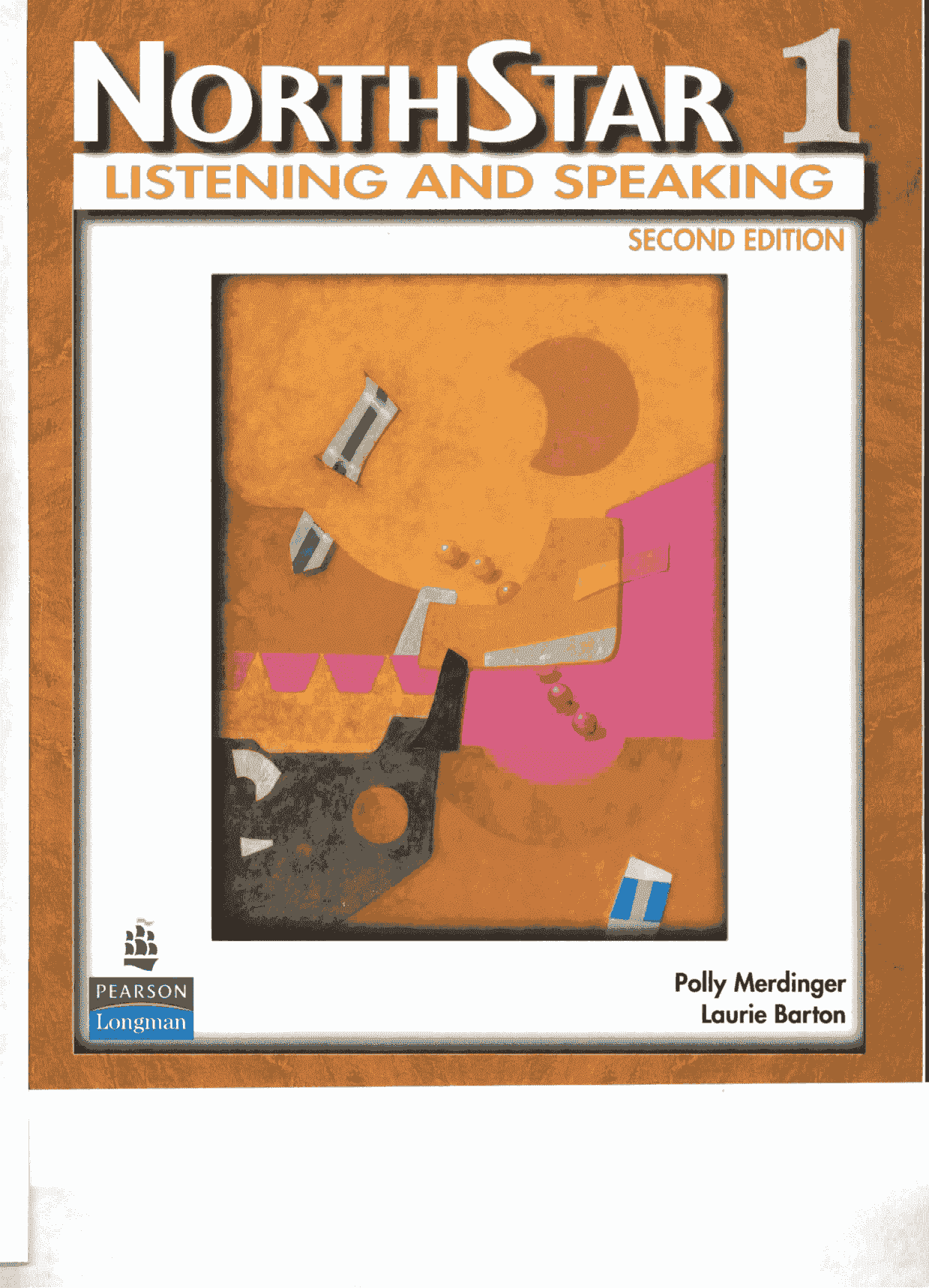
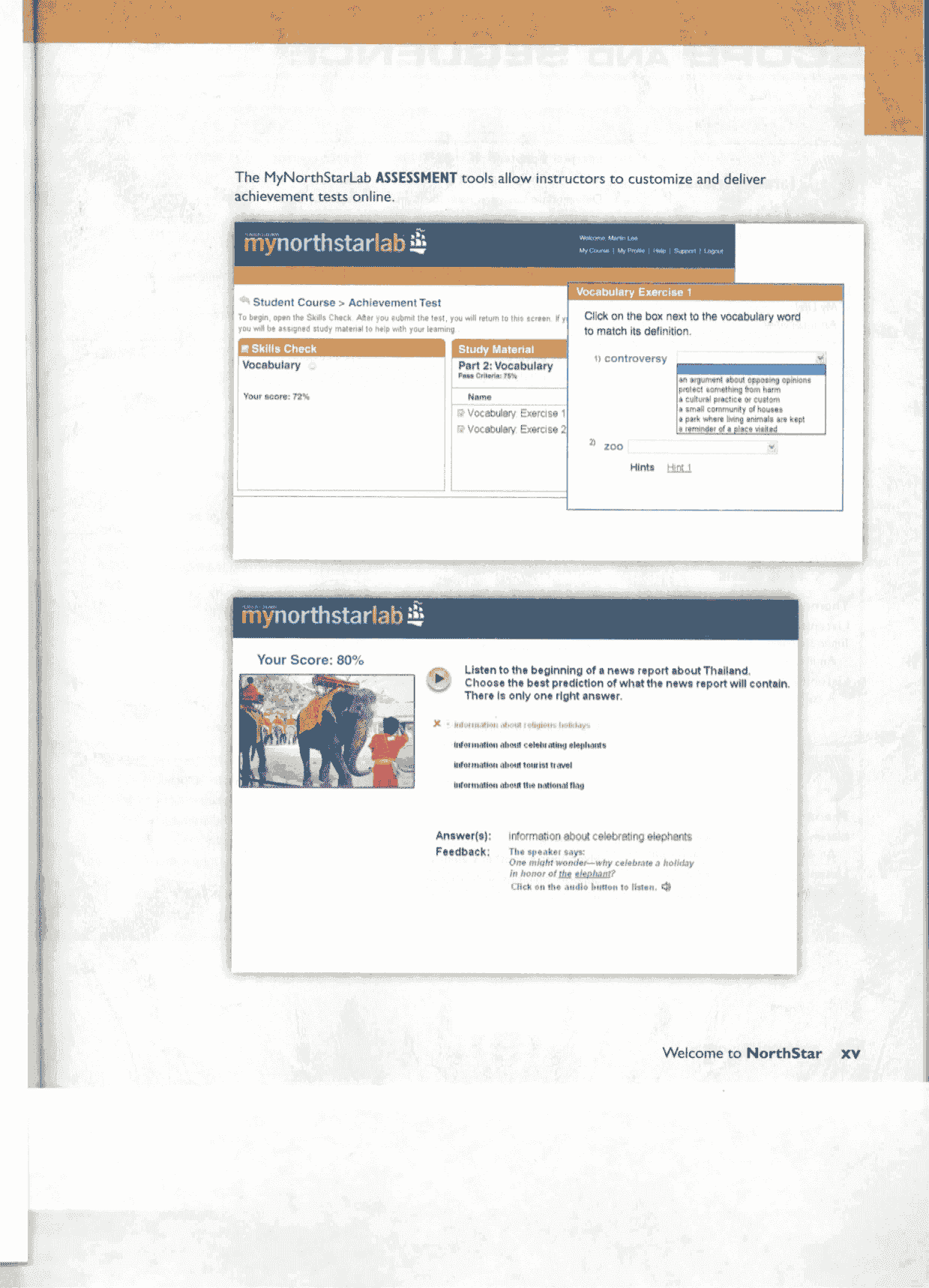
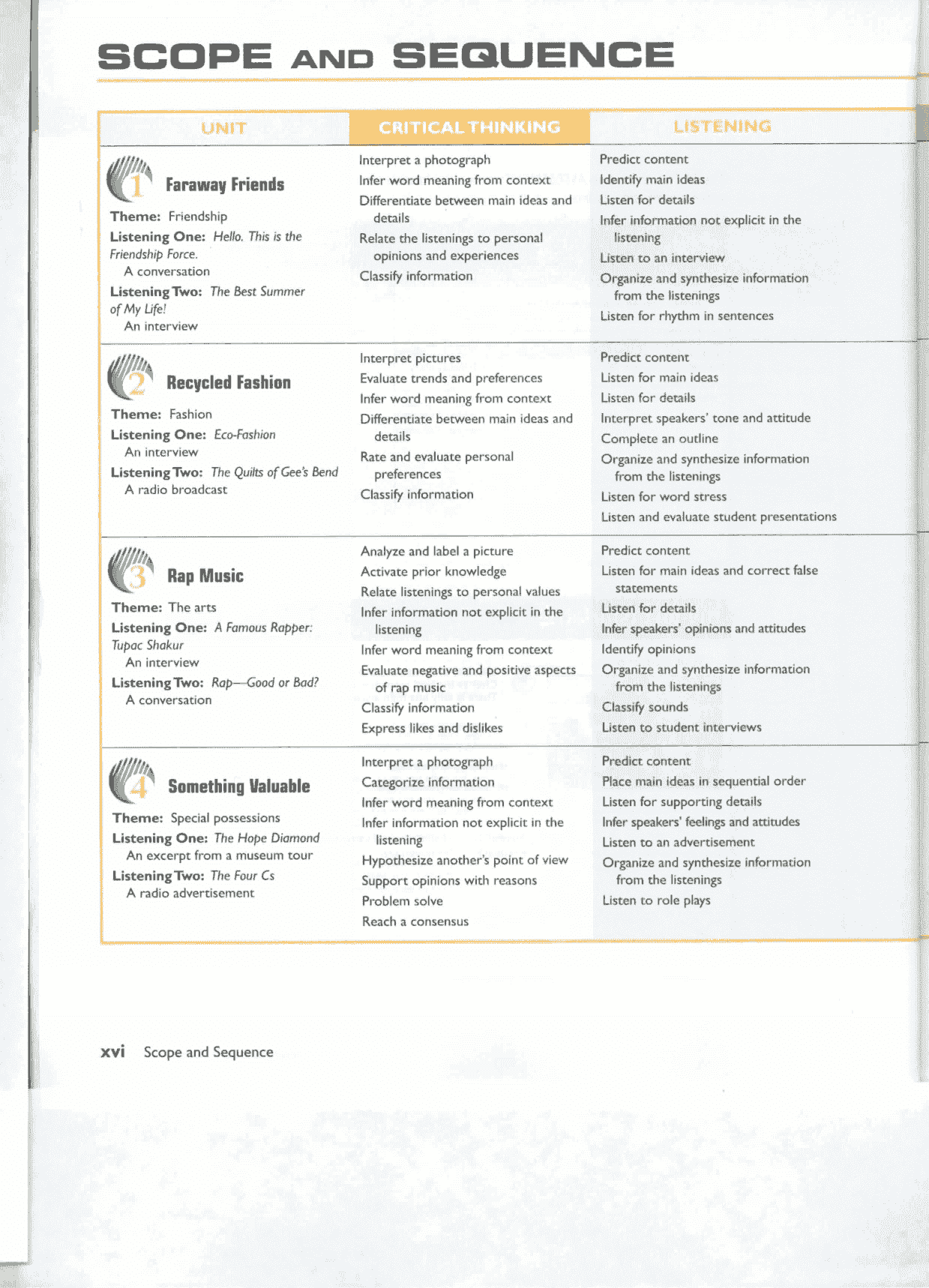
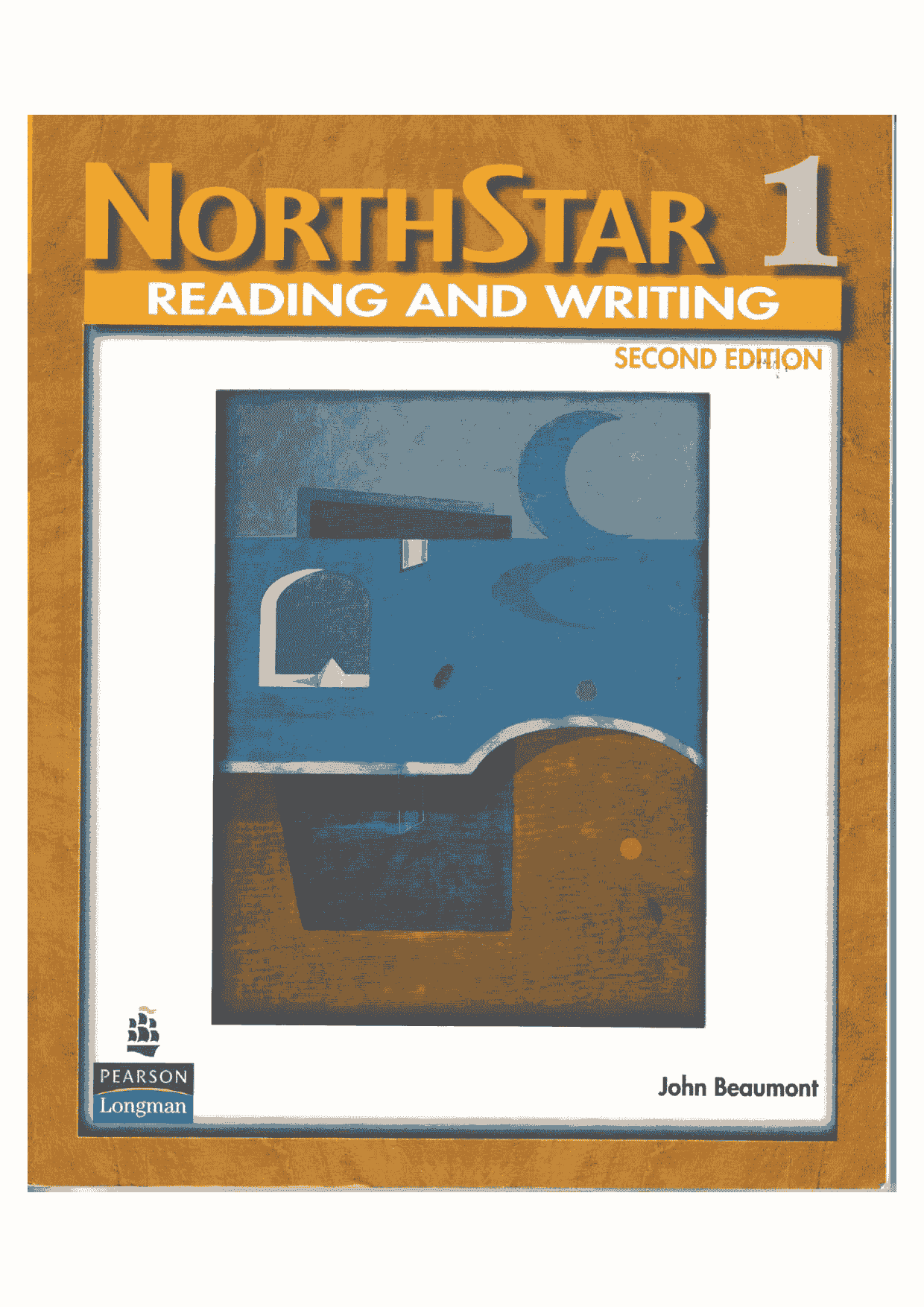
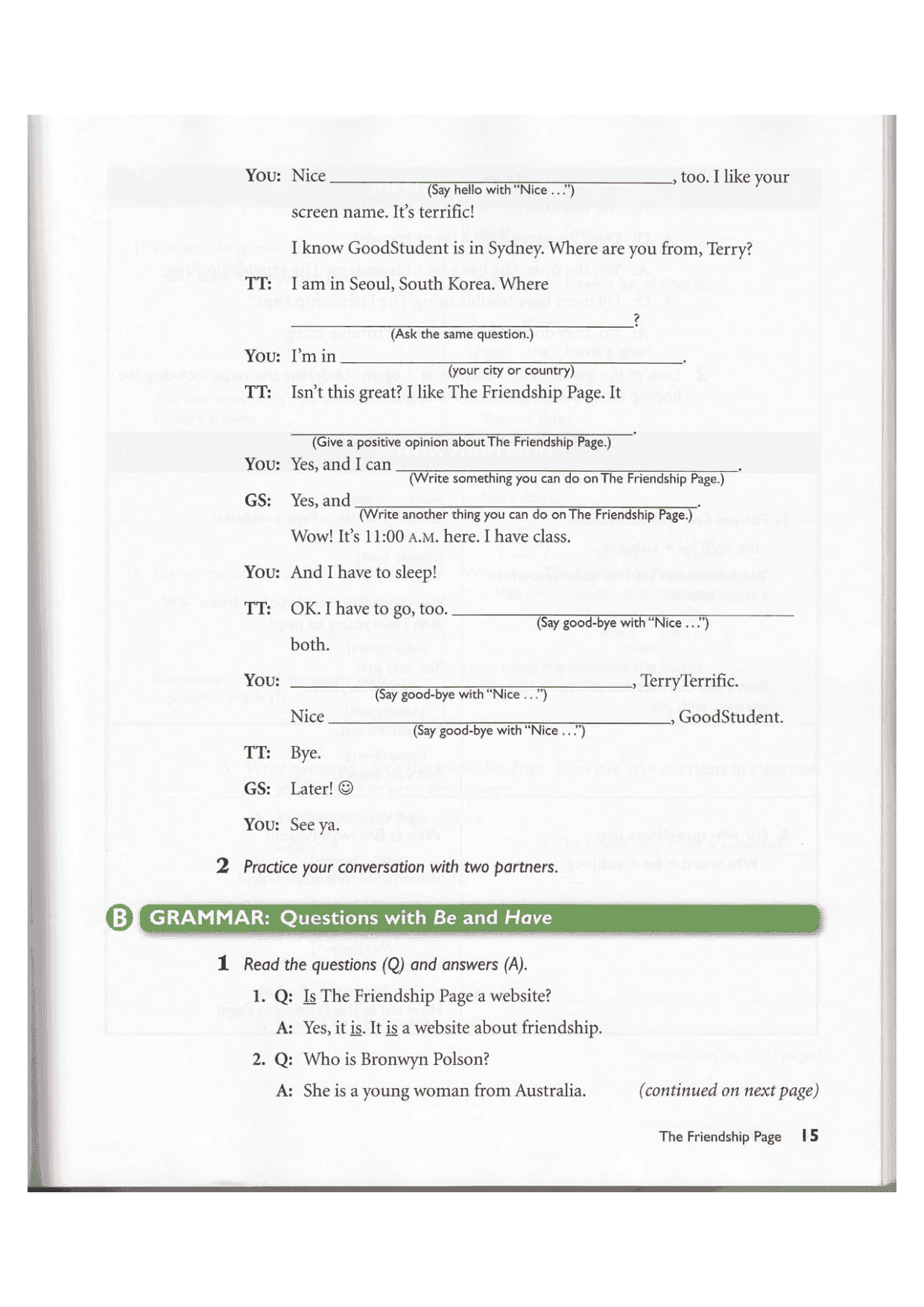
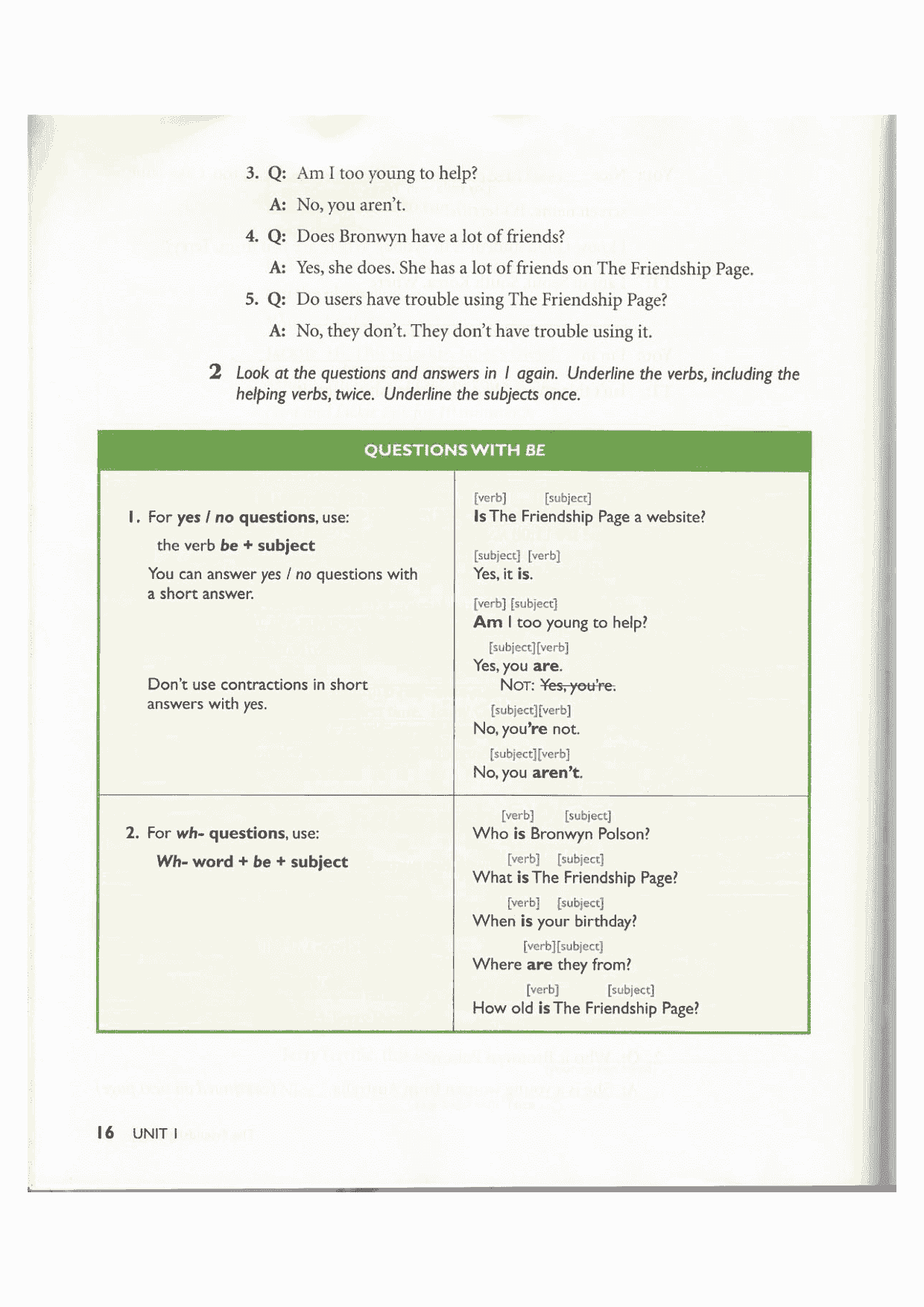
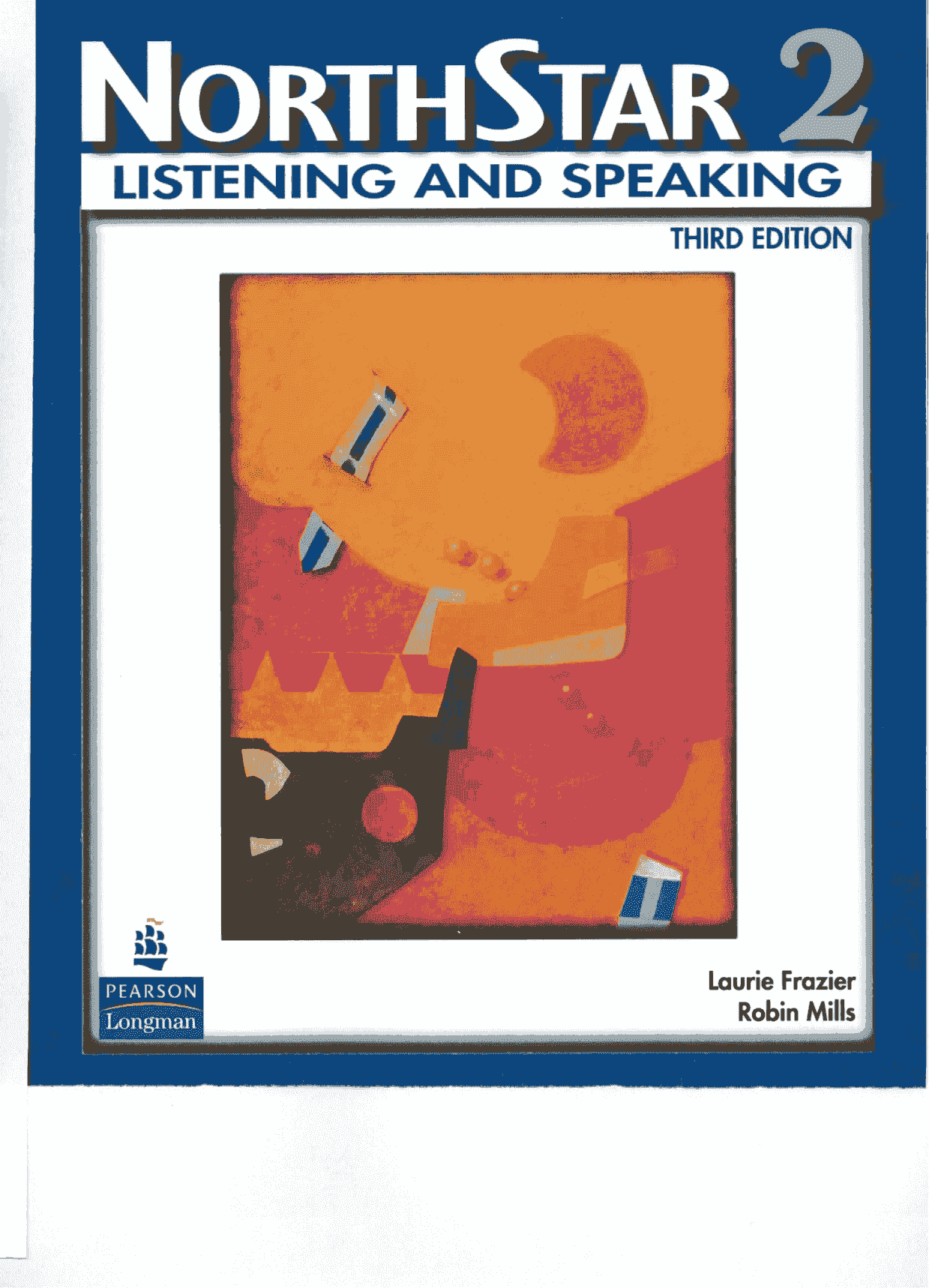
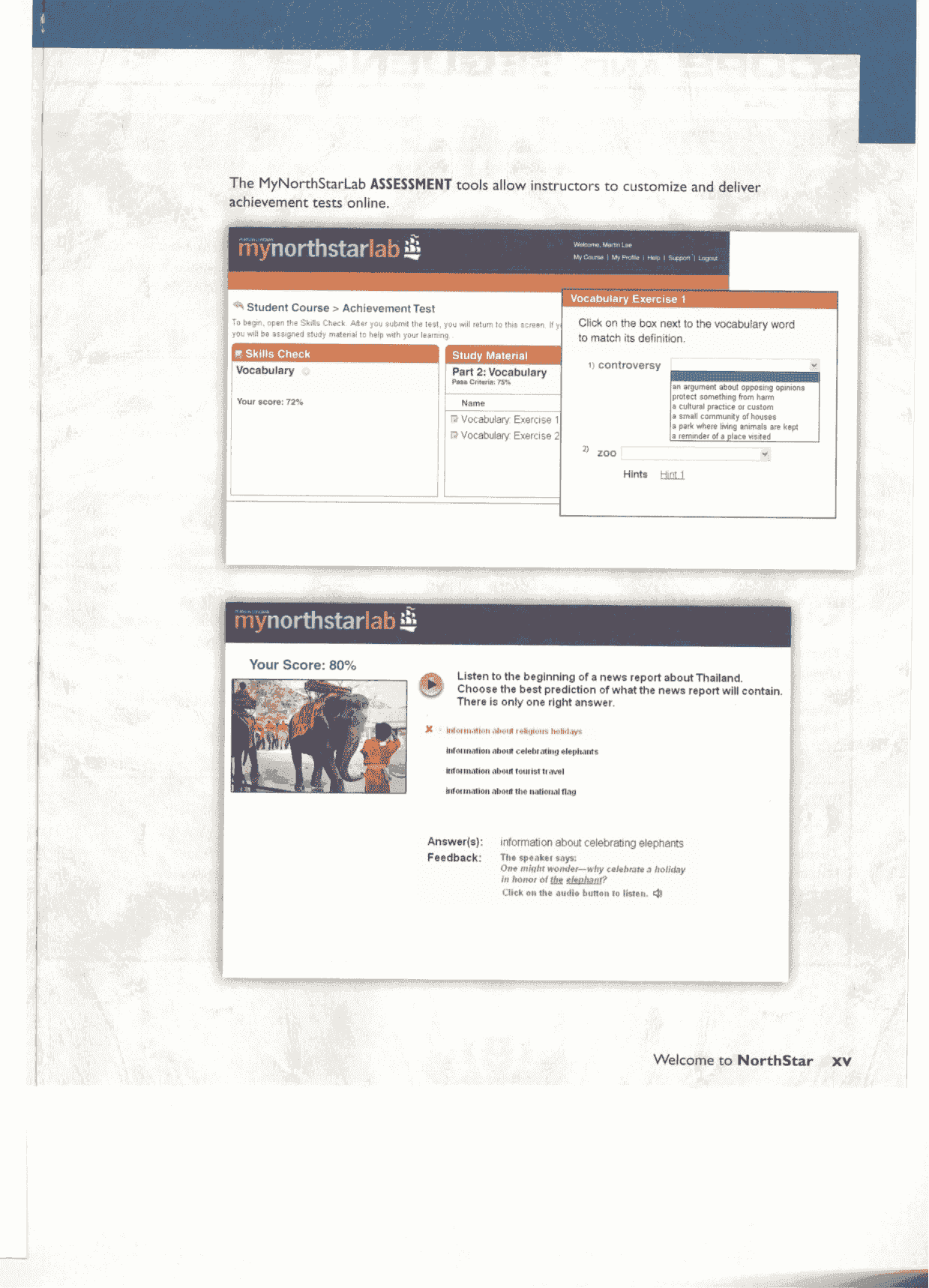
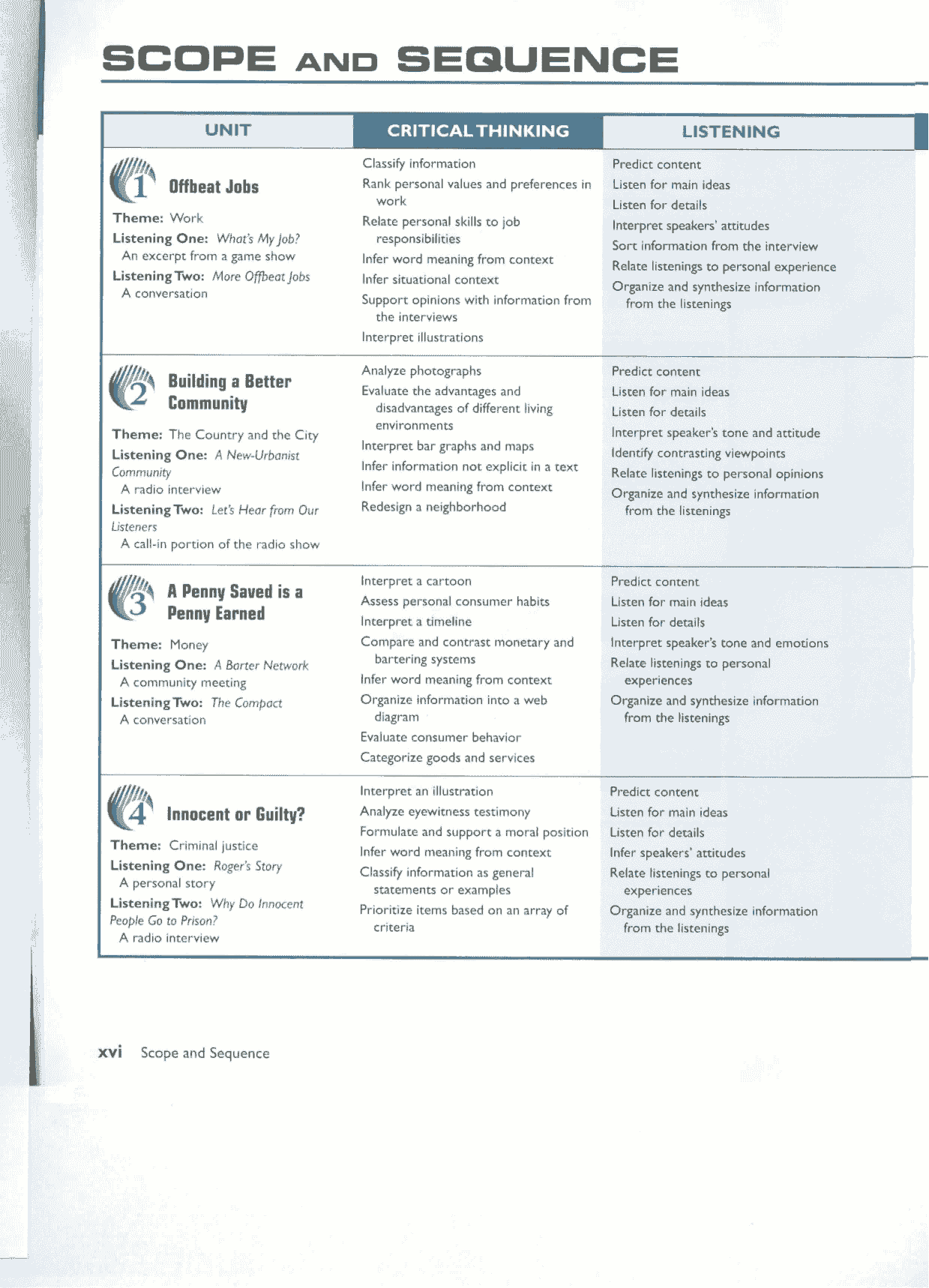
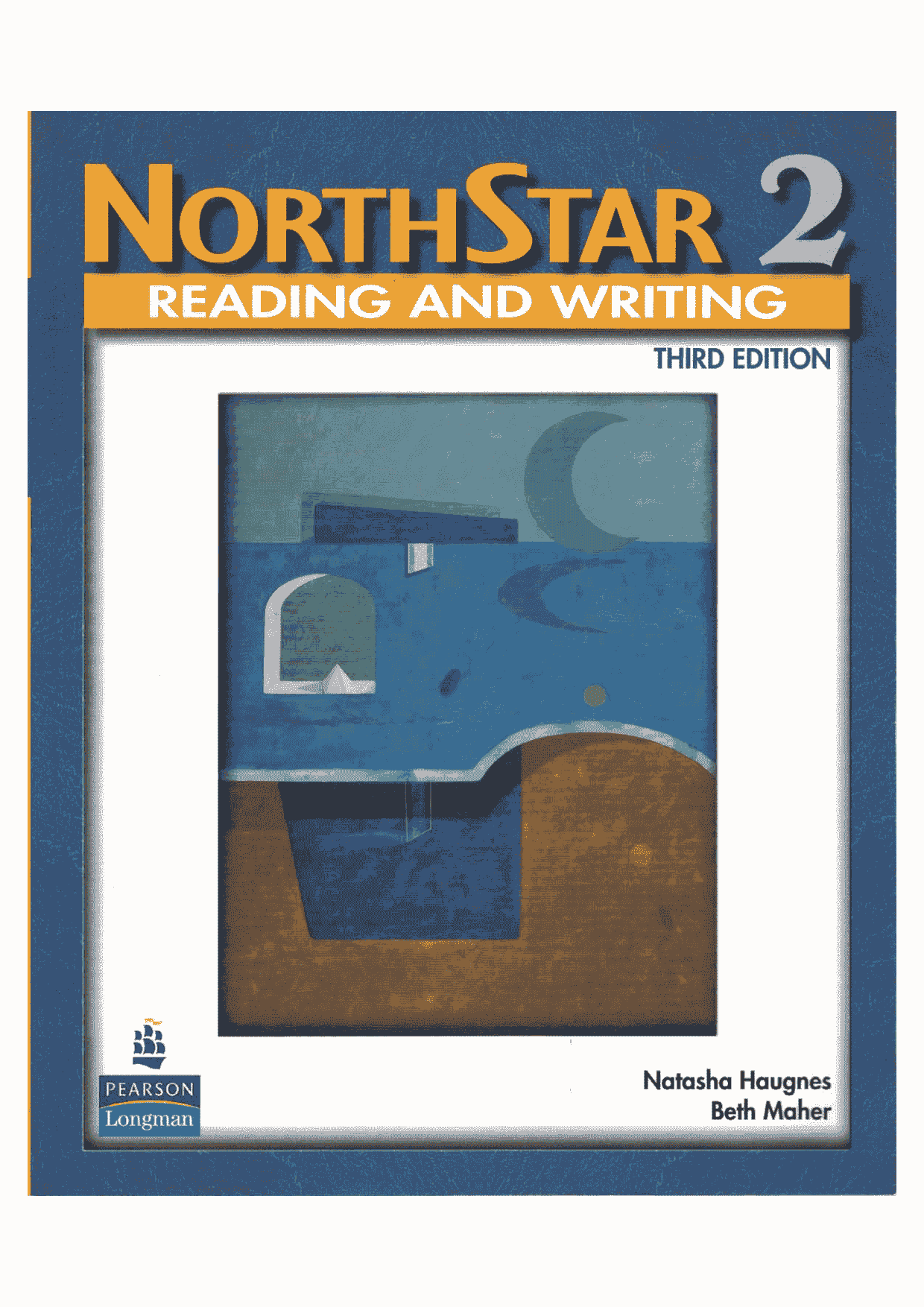
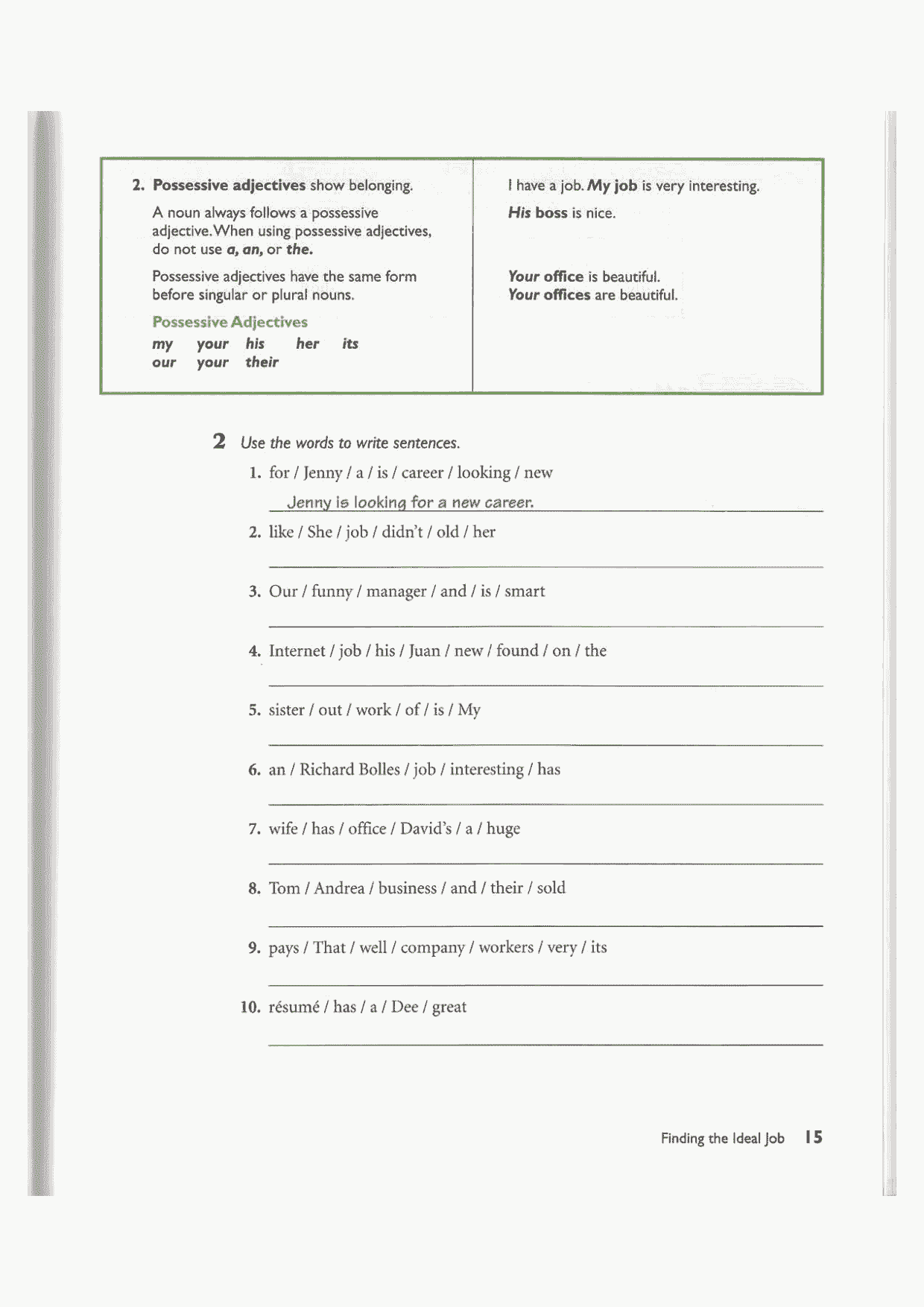
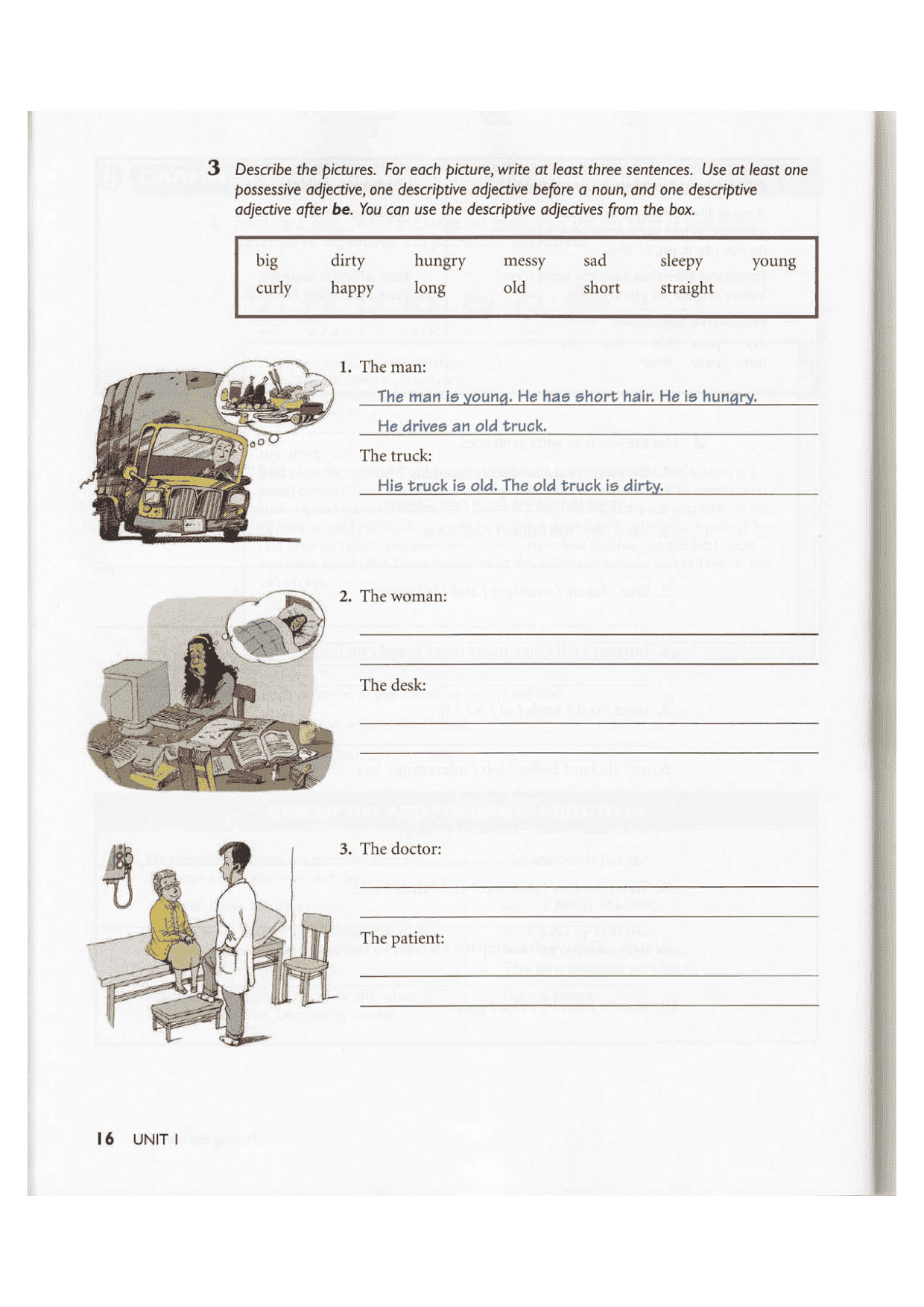
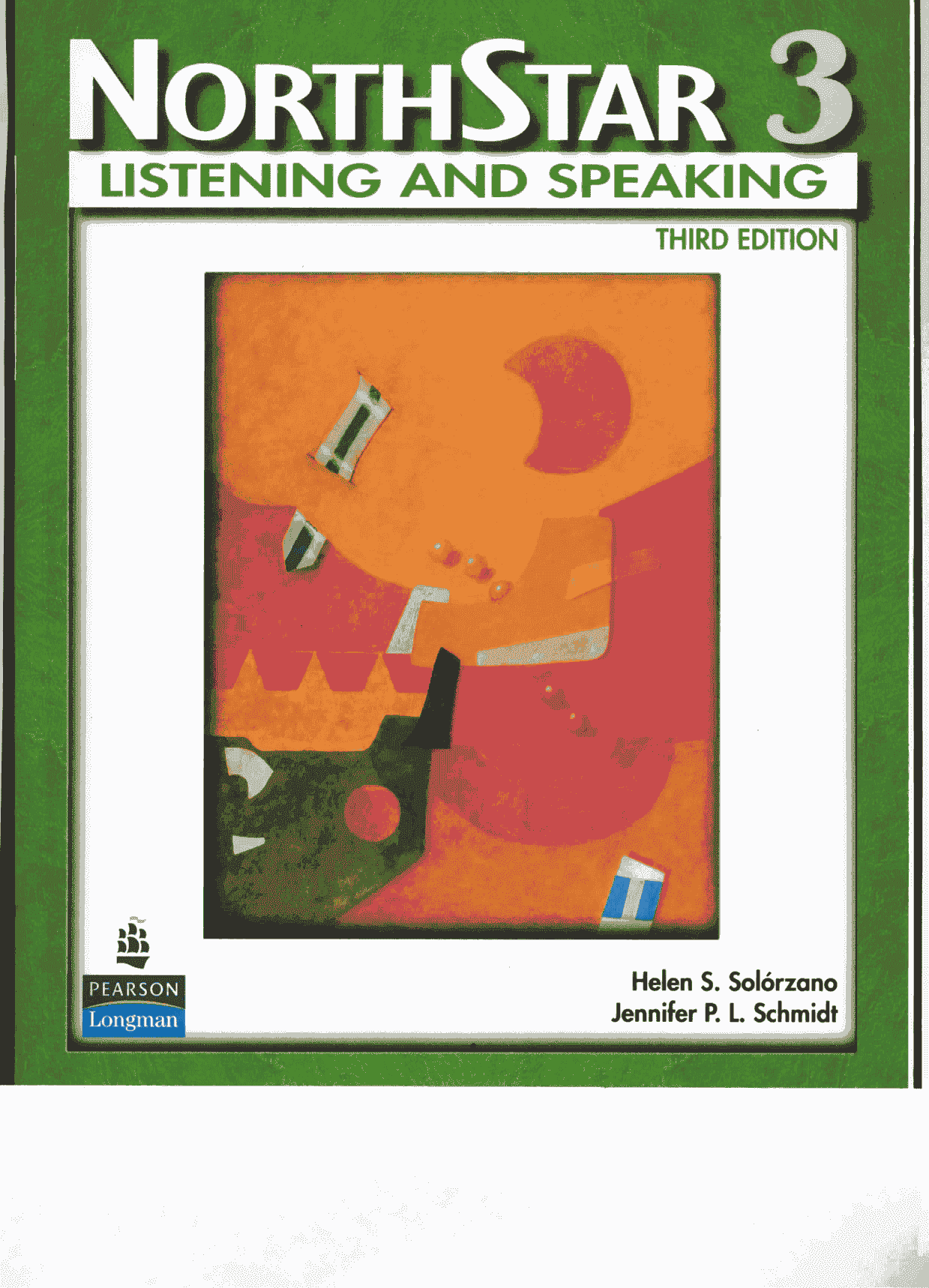
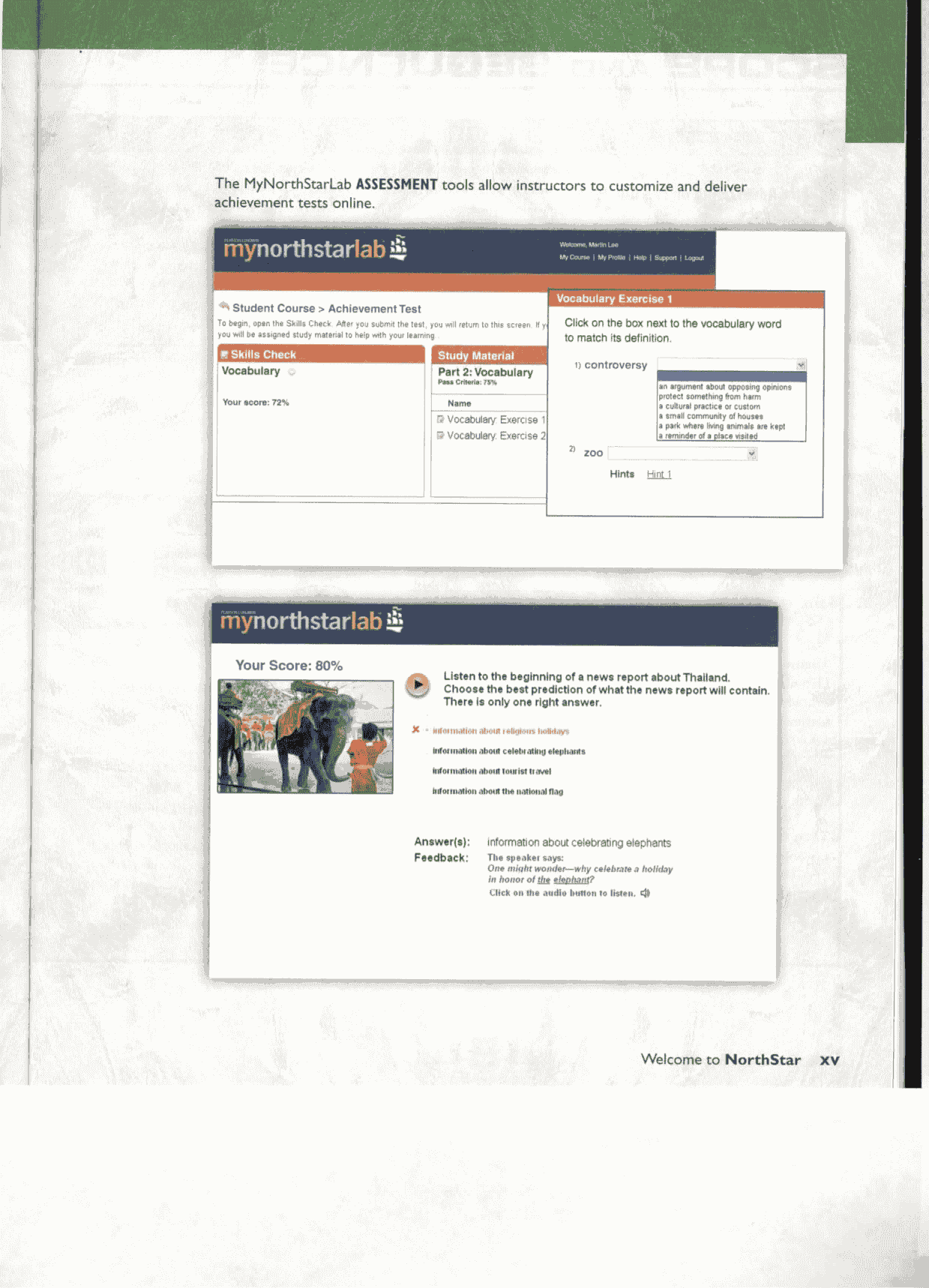
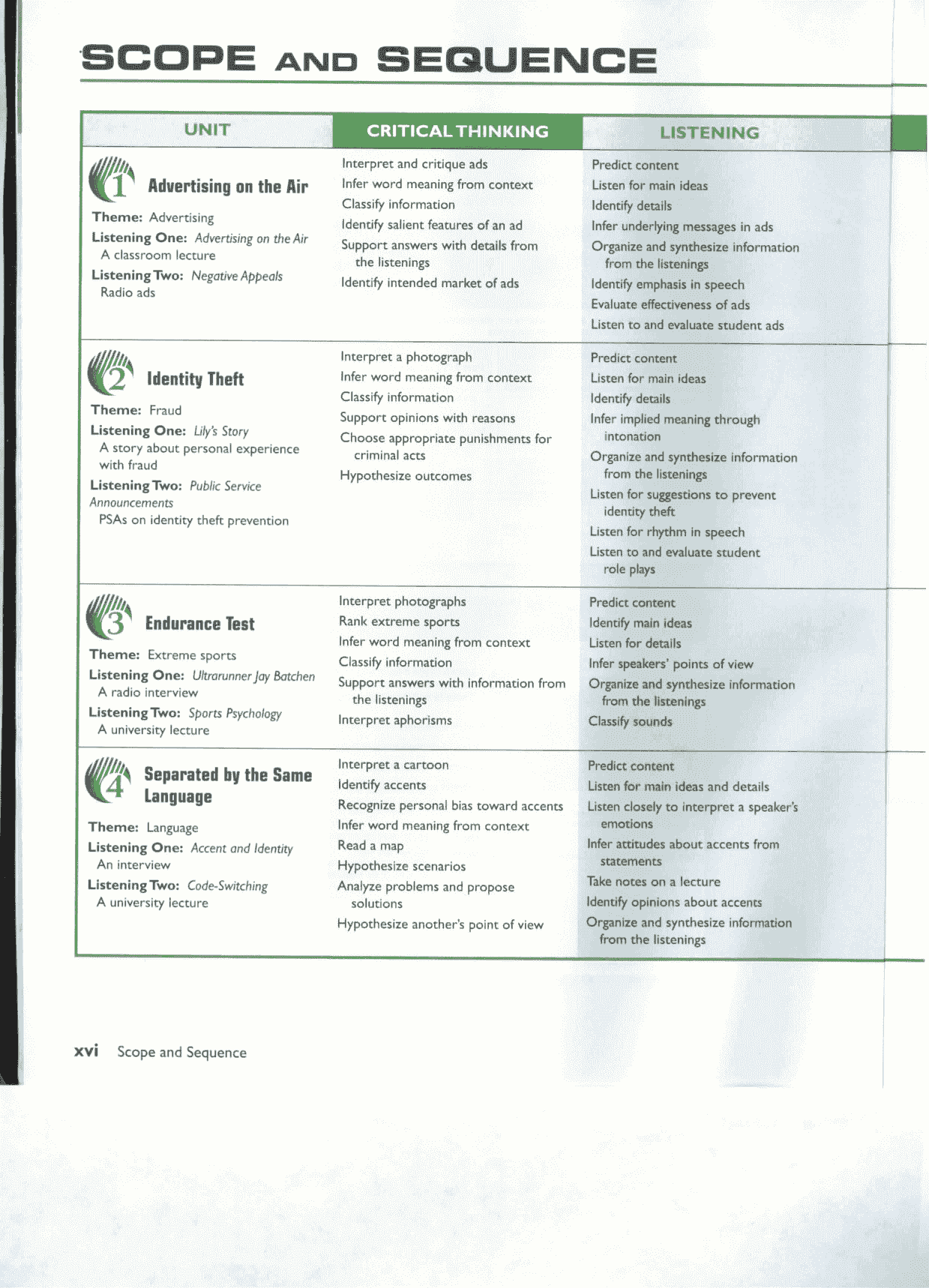
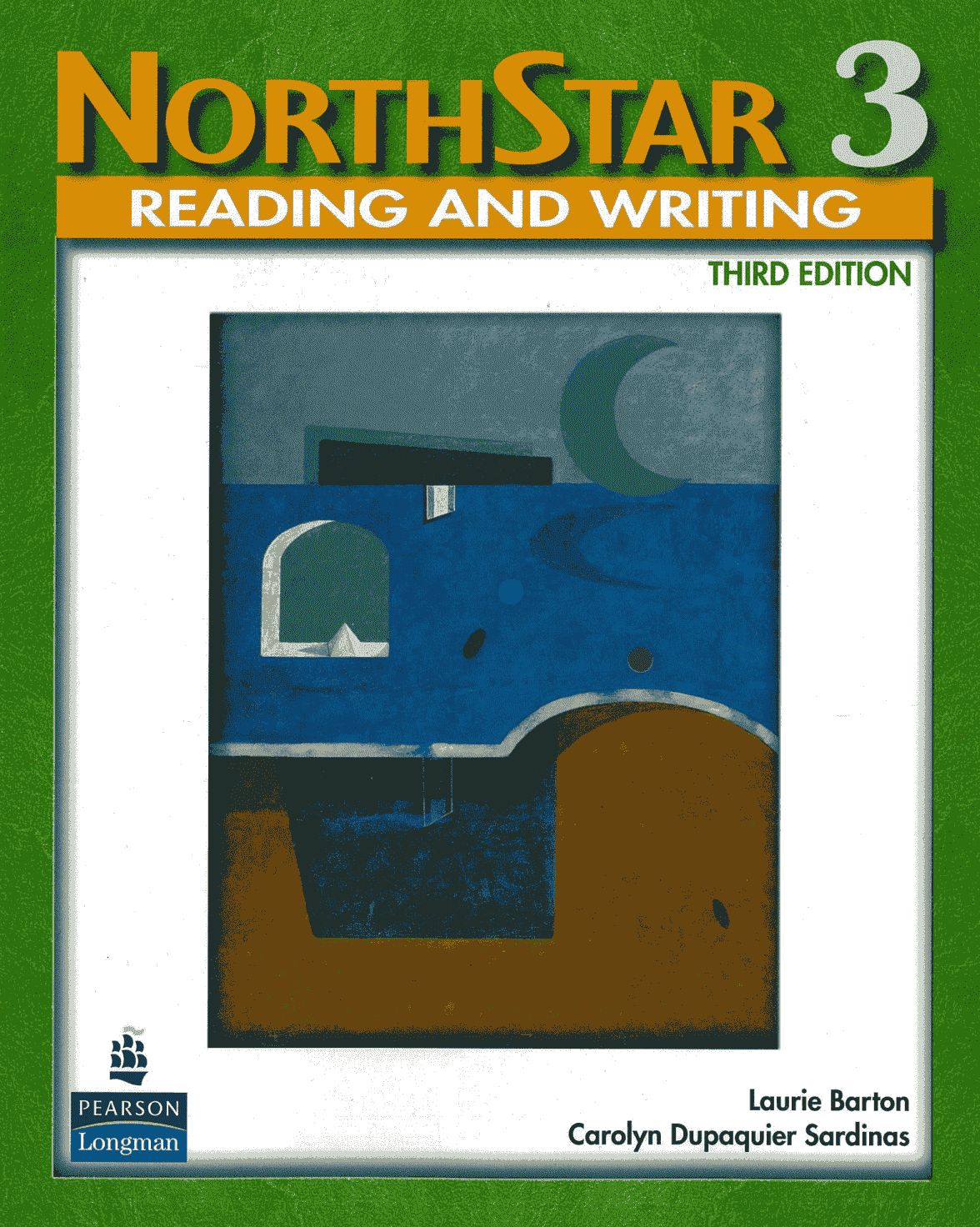
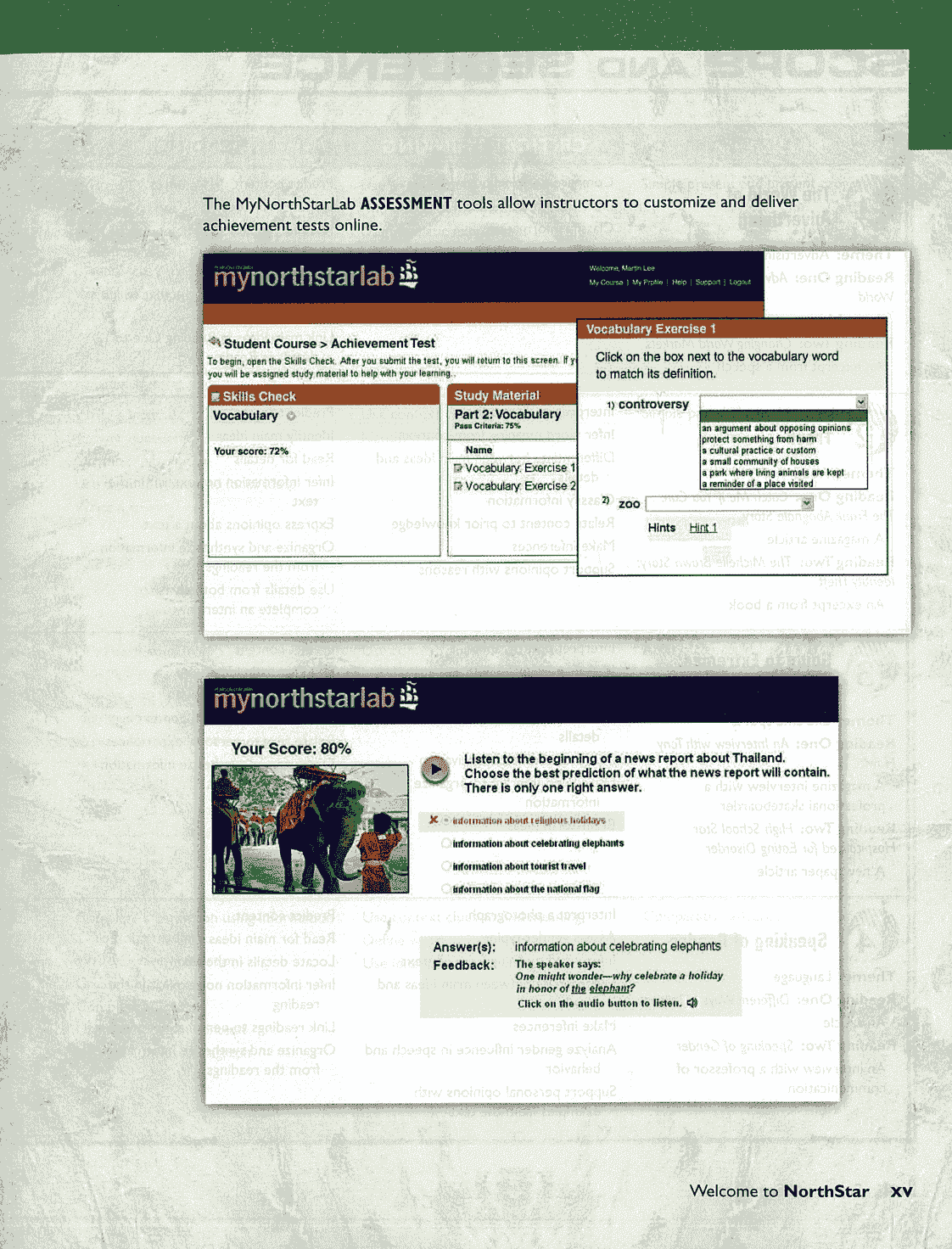
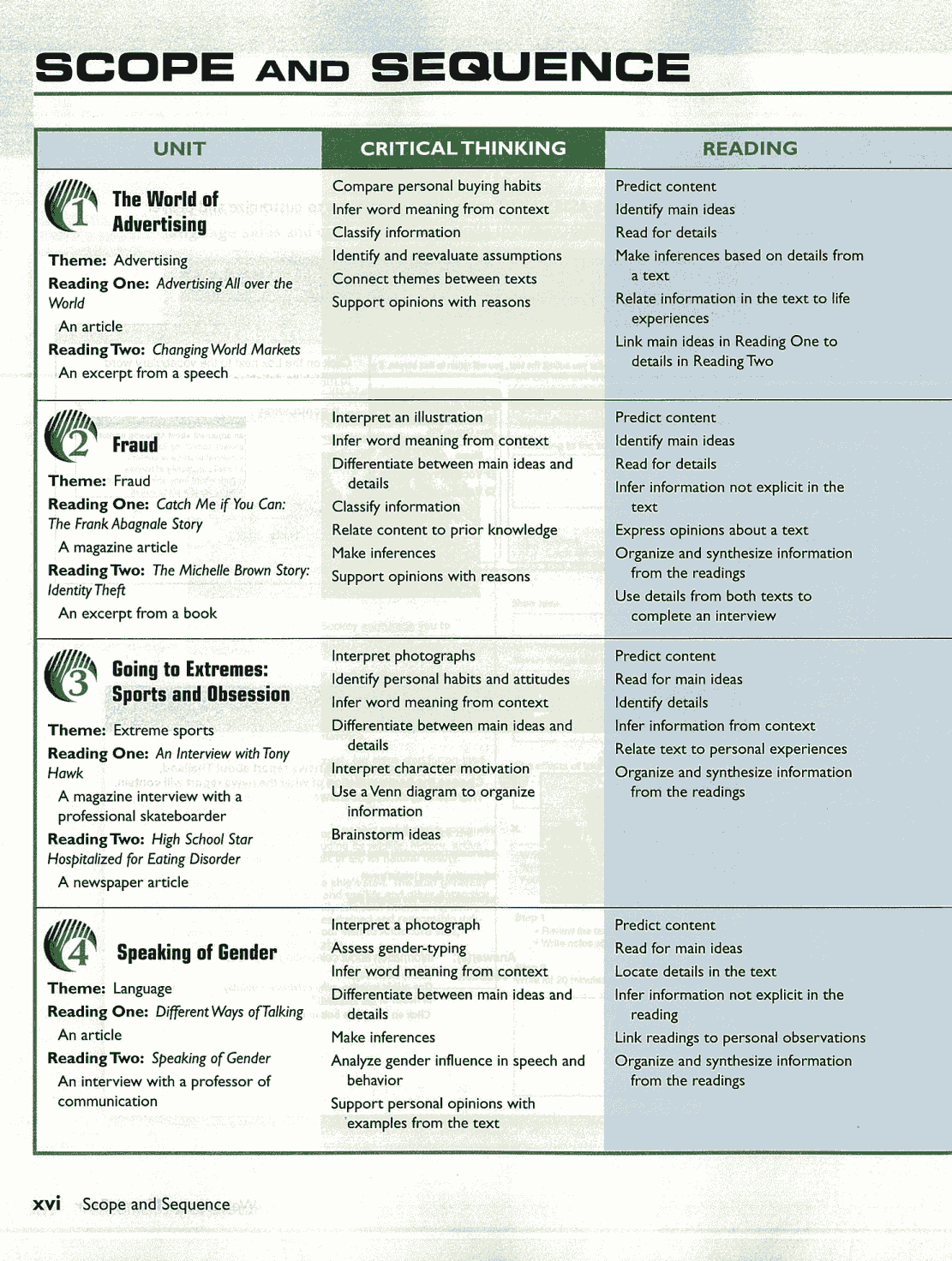
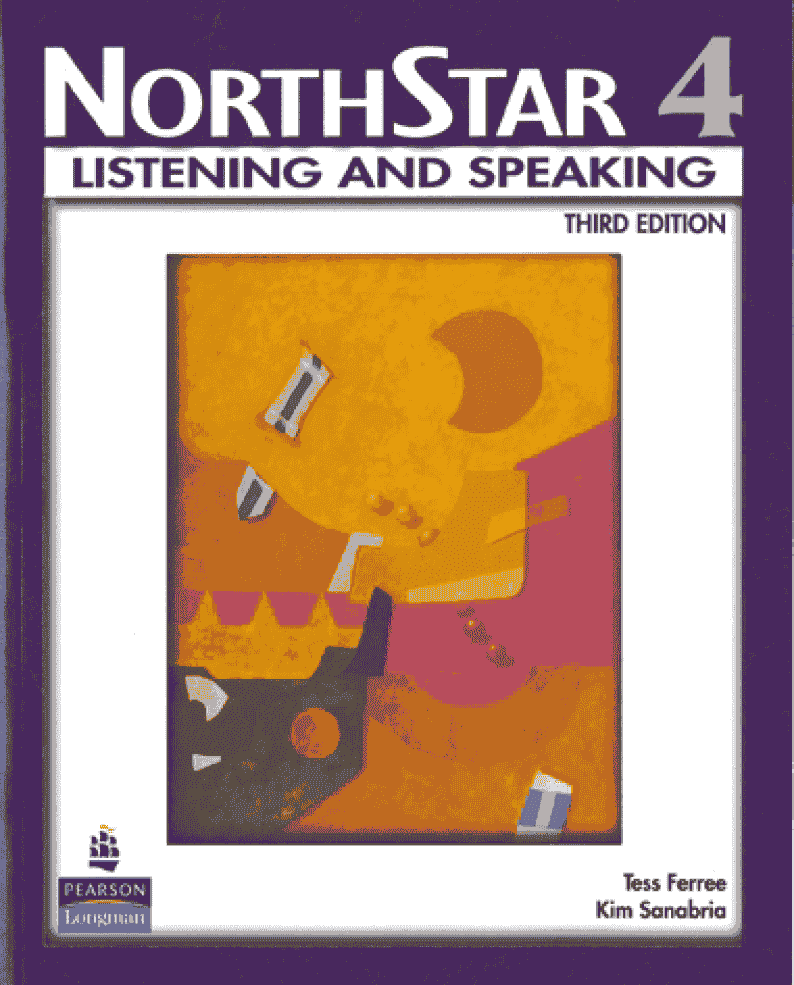
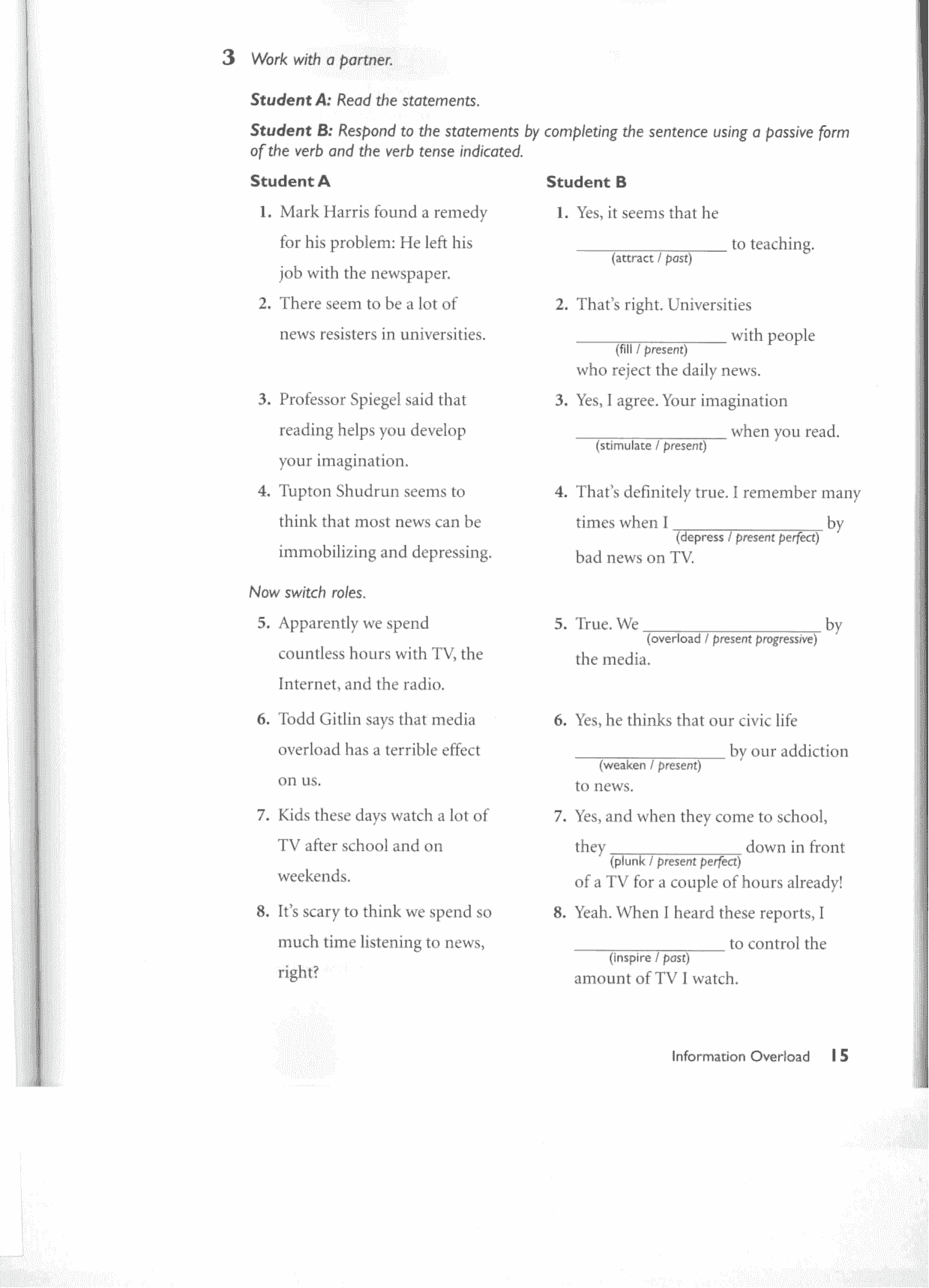
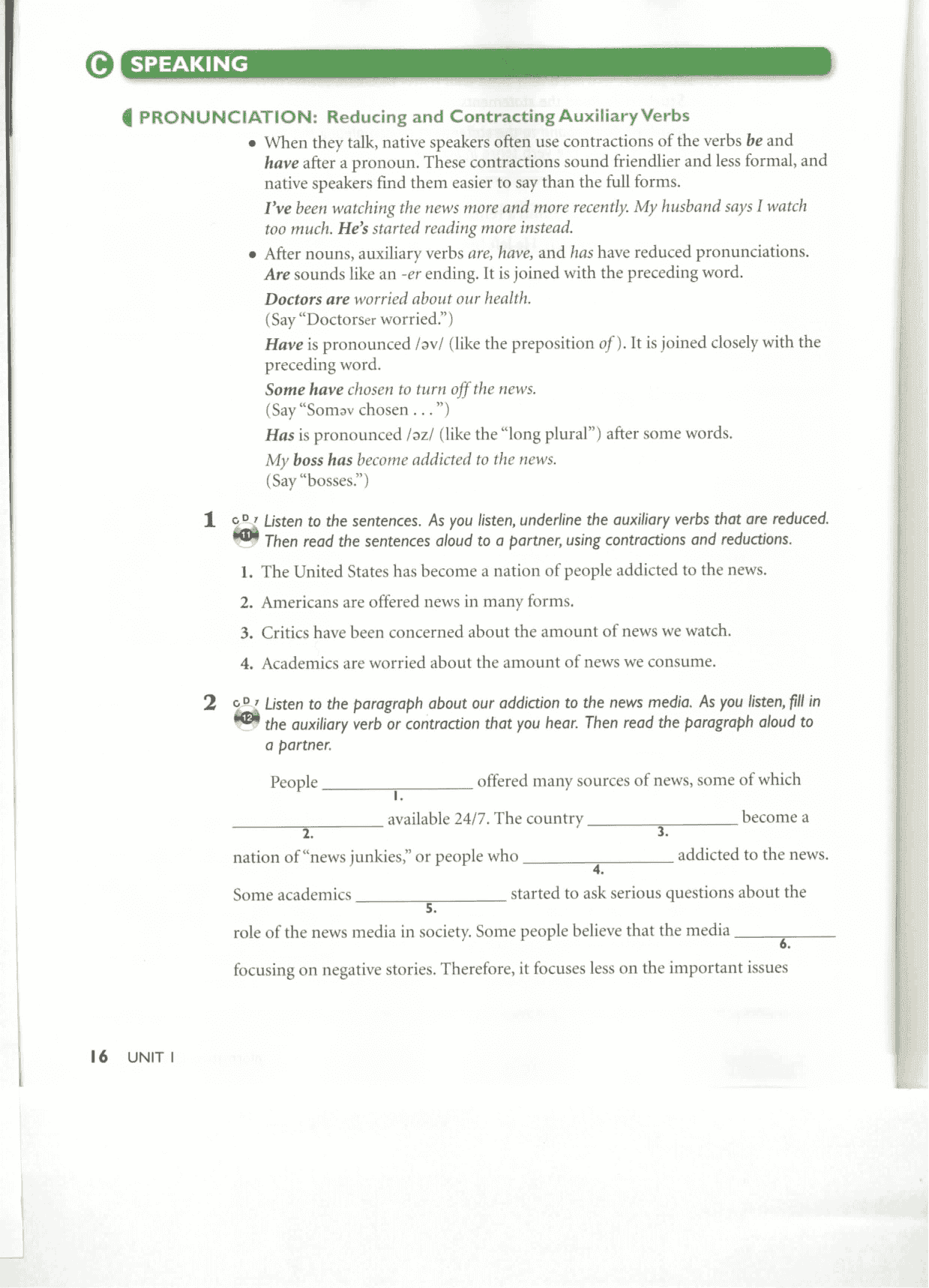
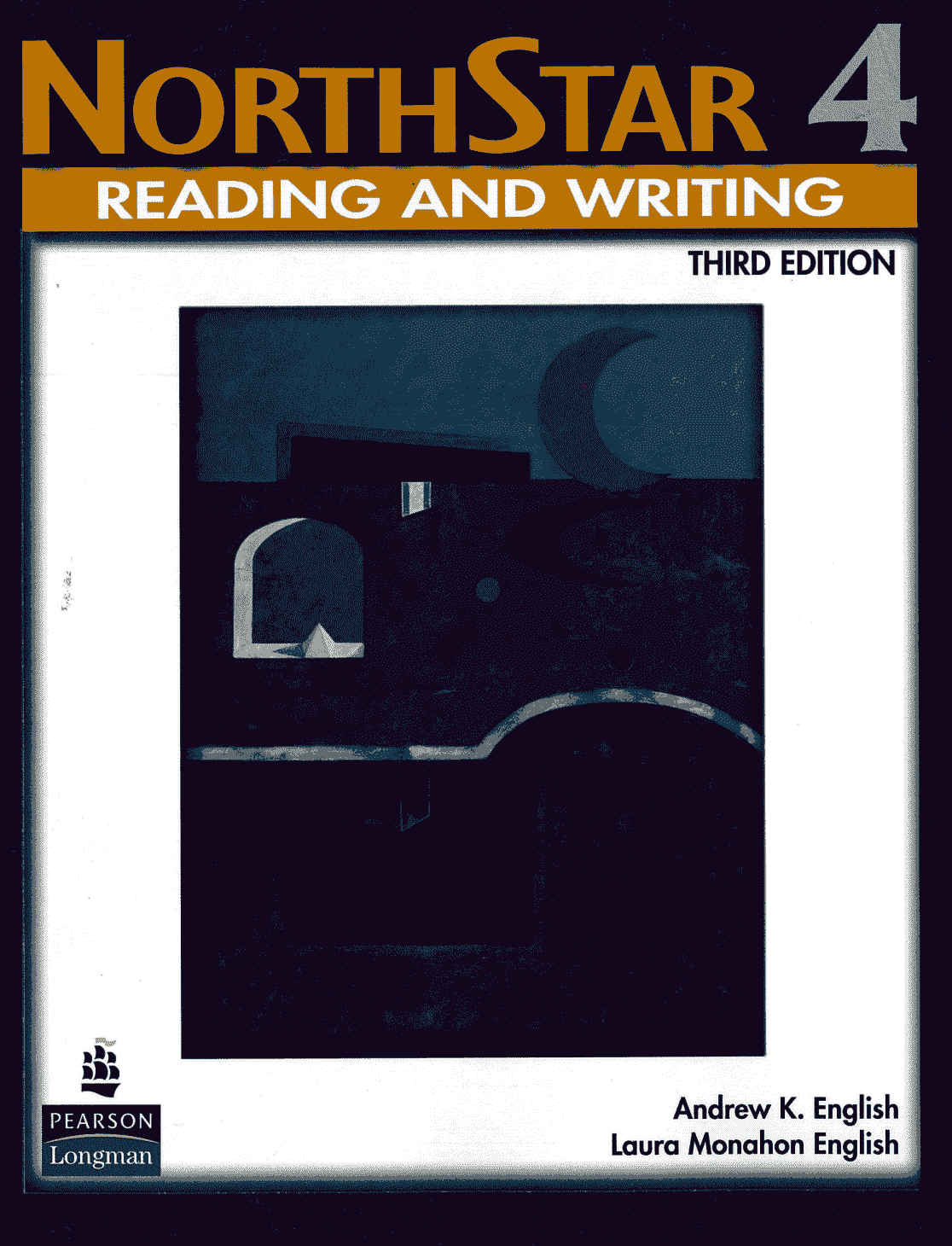
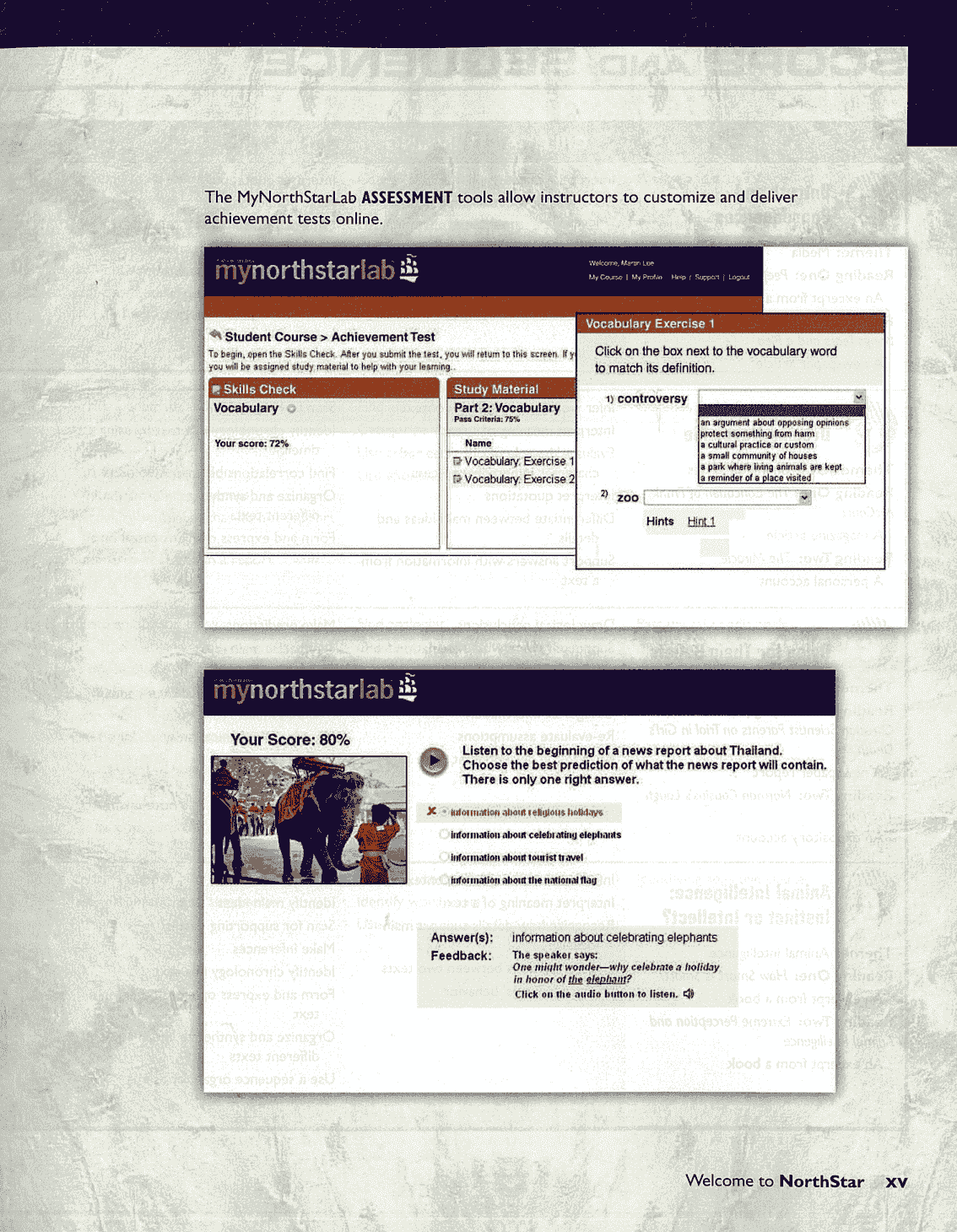
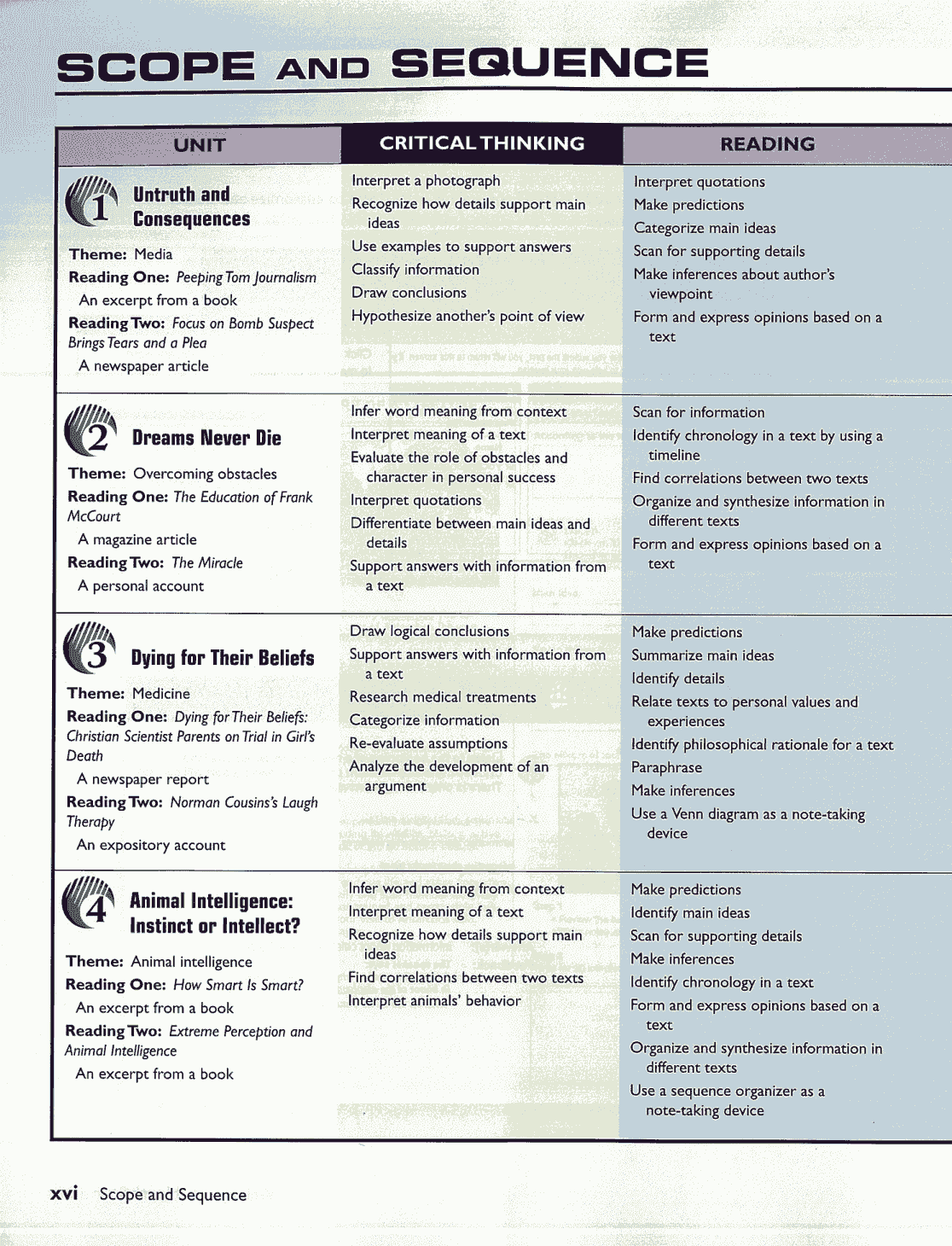
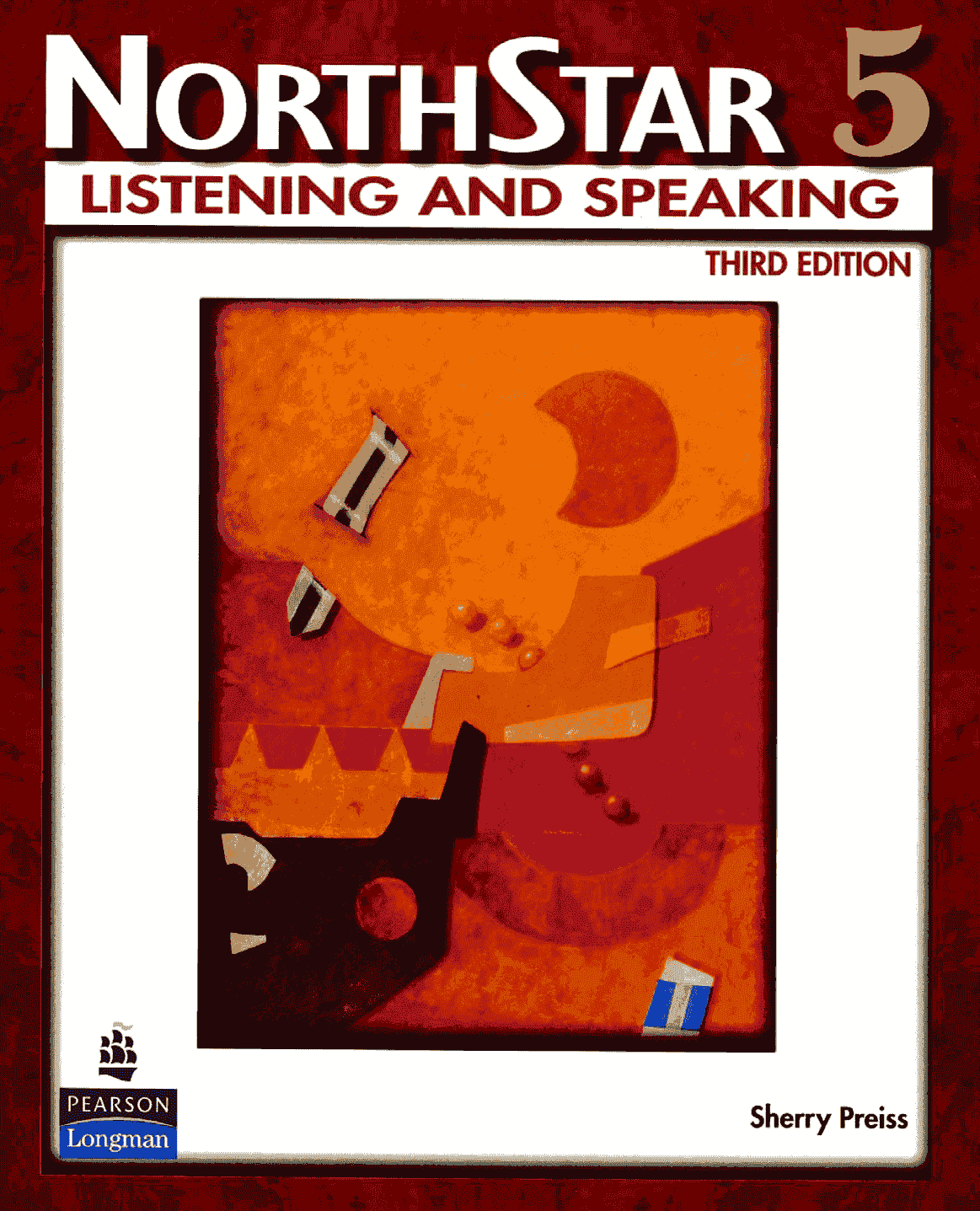

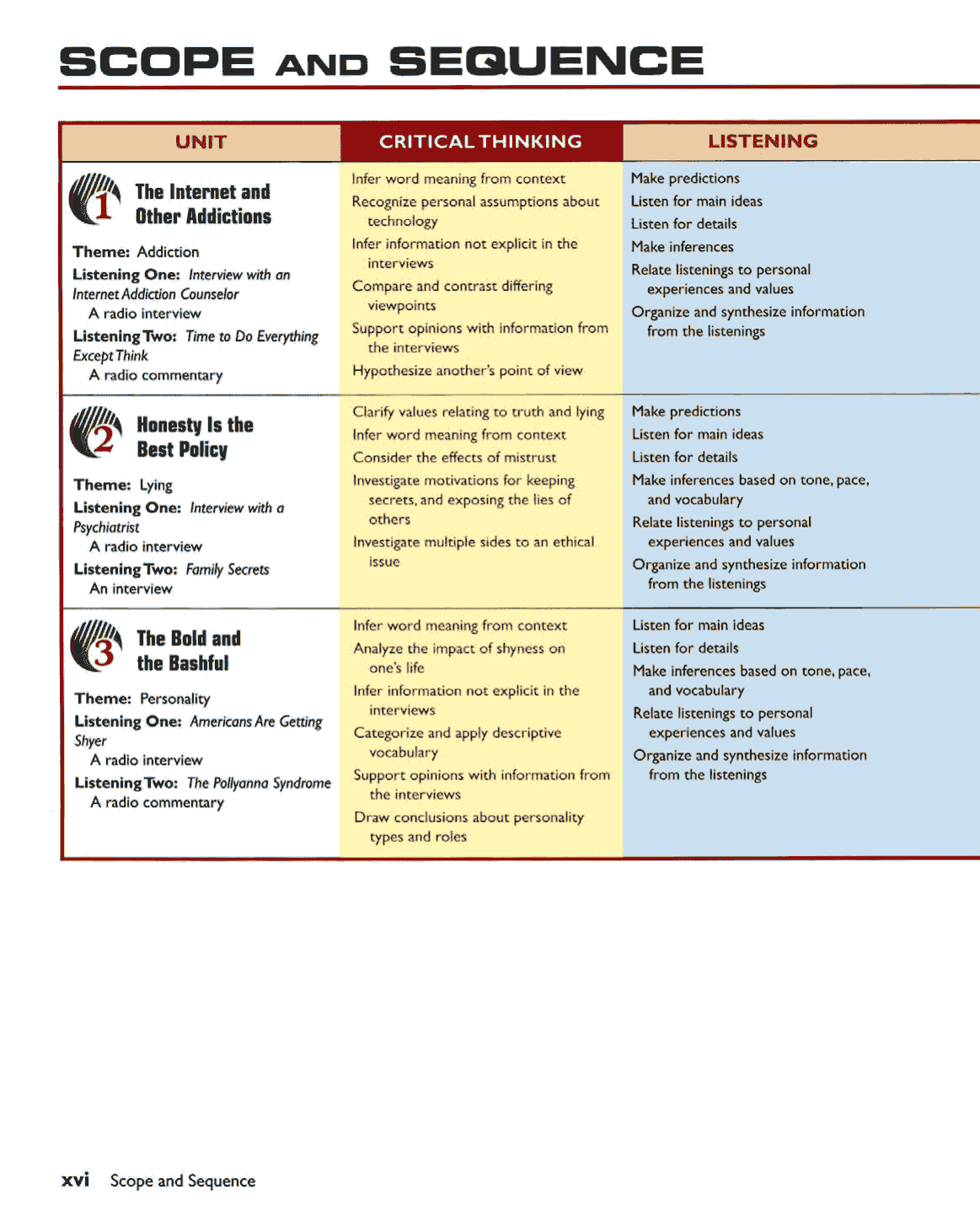
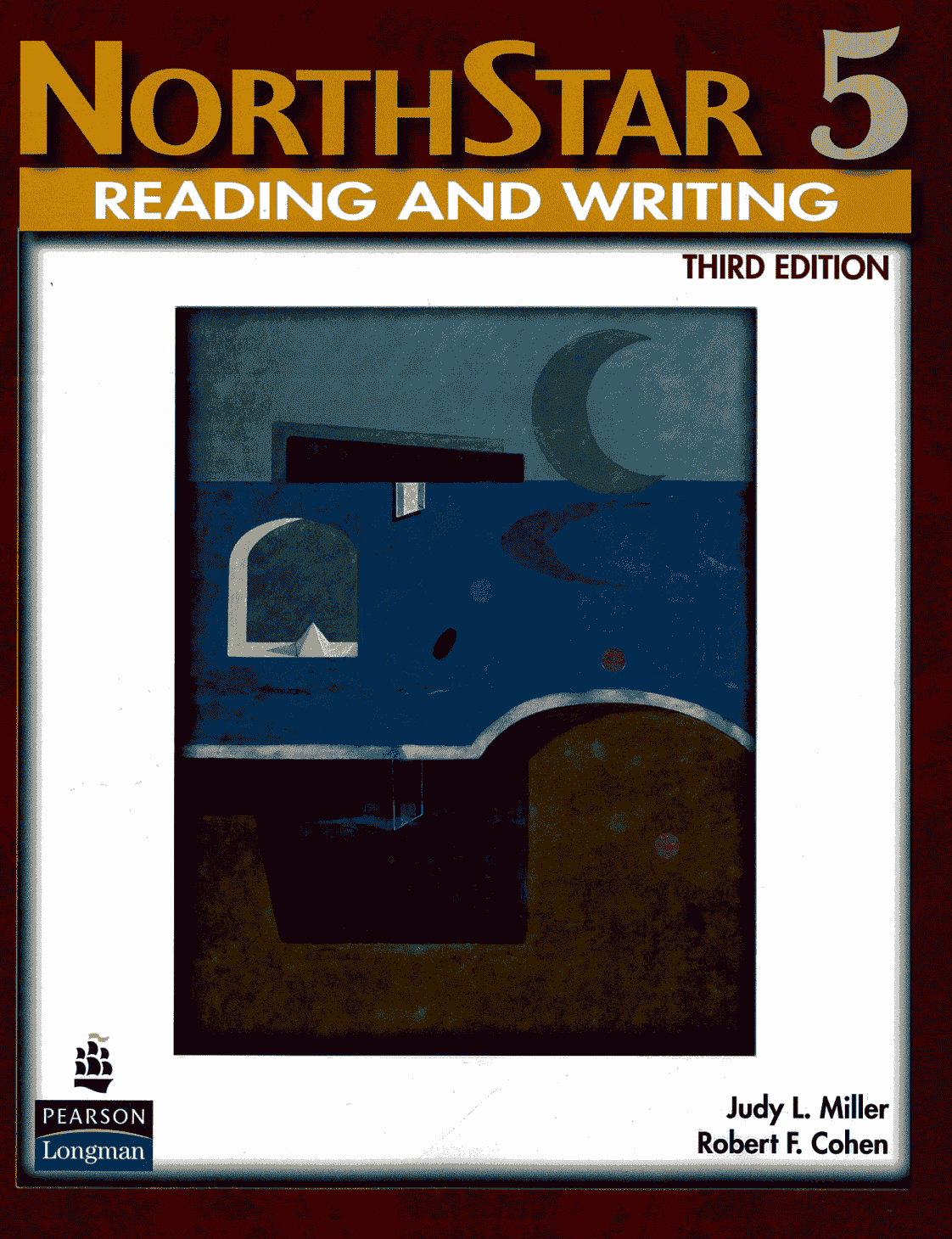
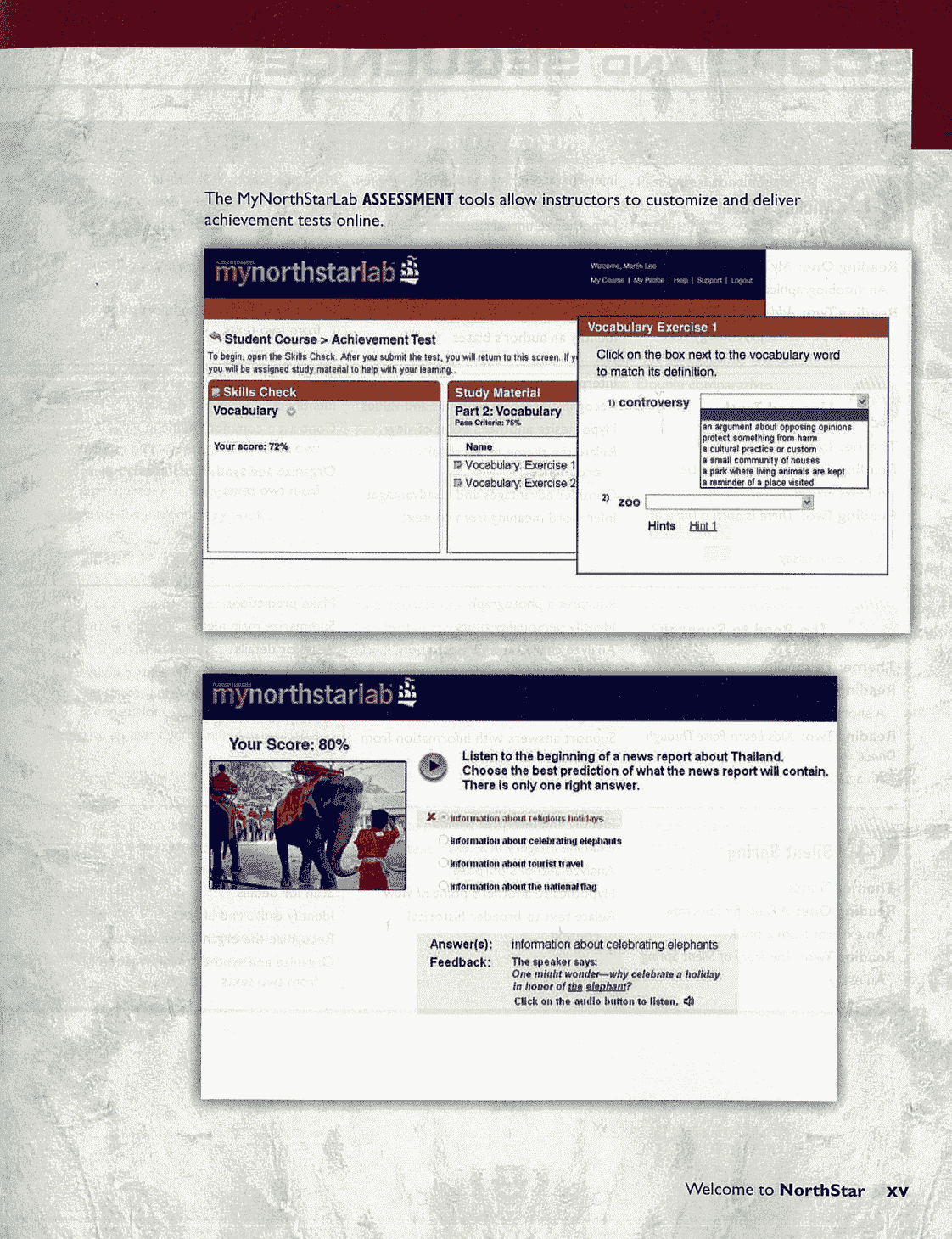
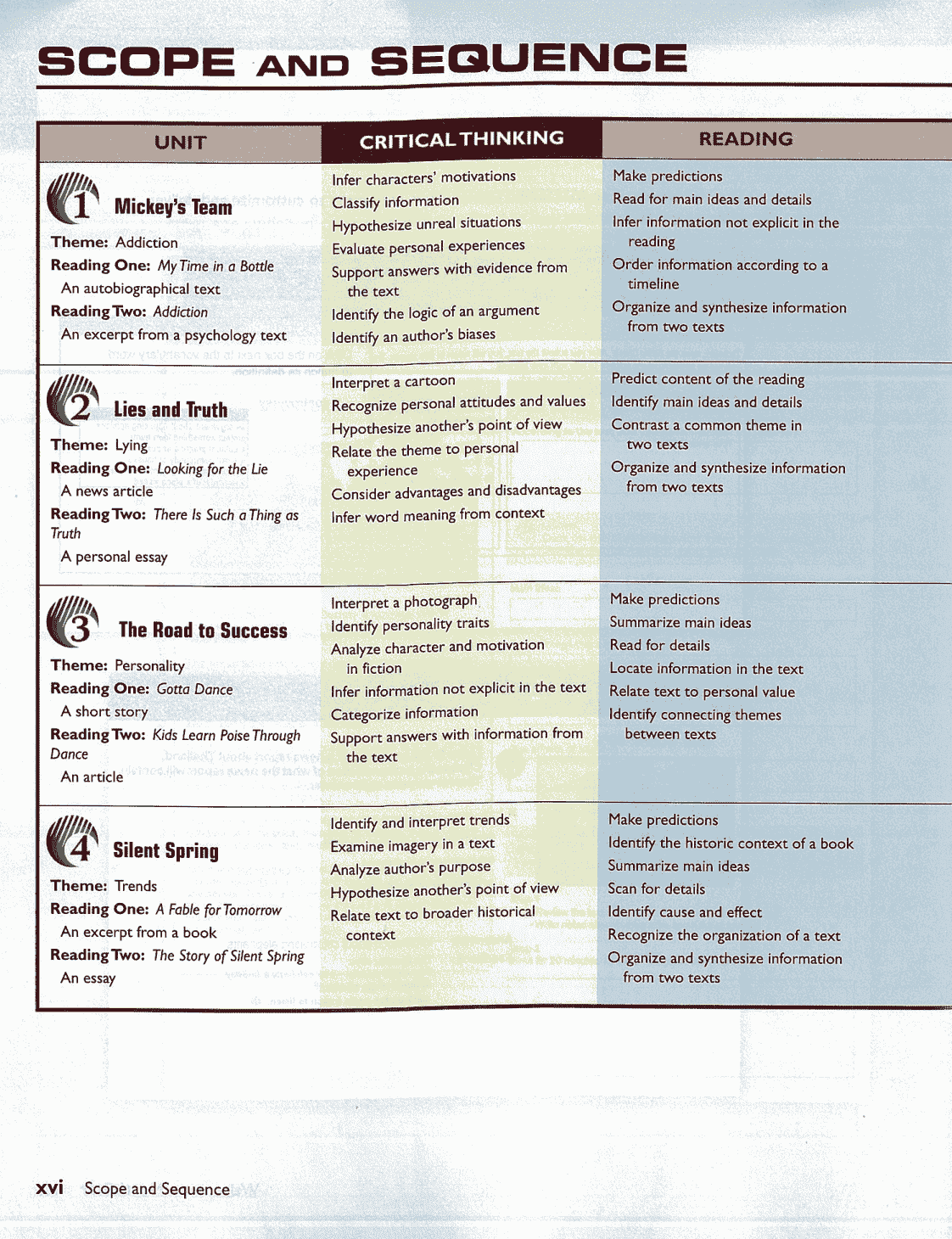
评论(0)